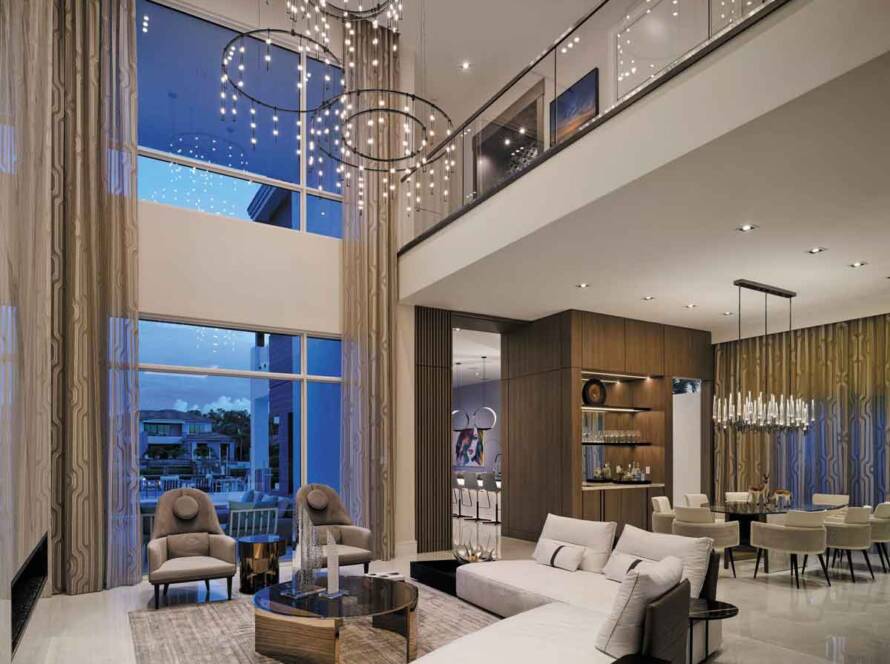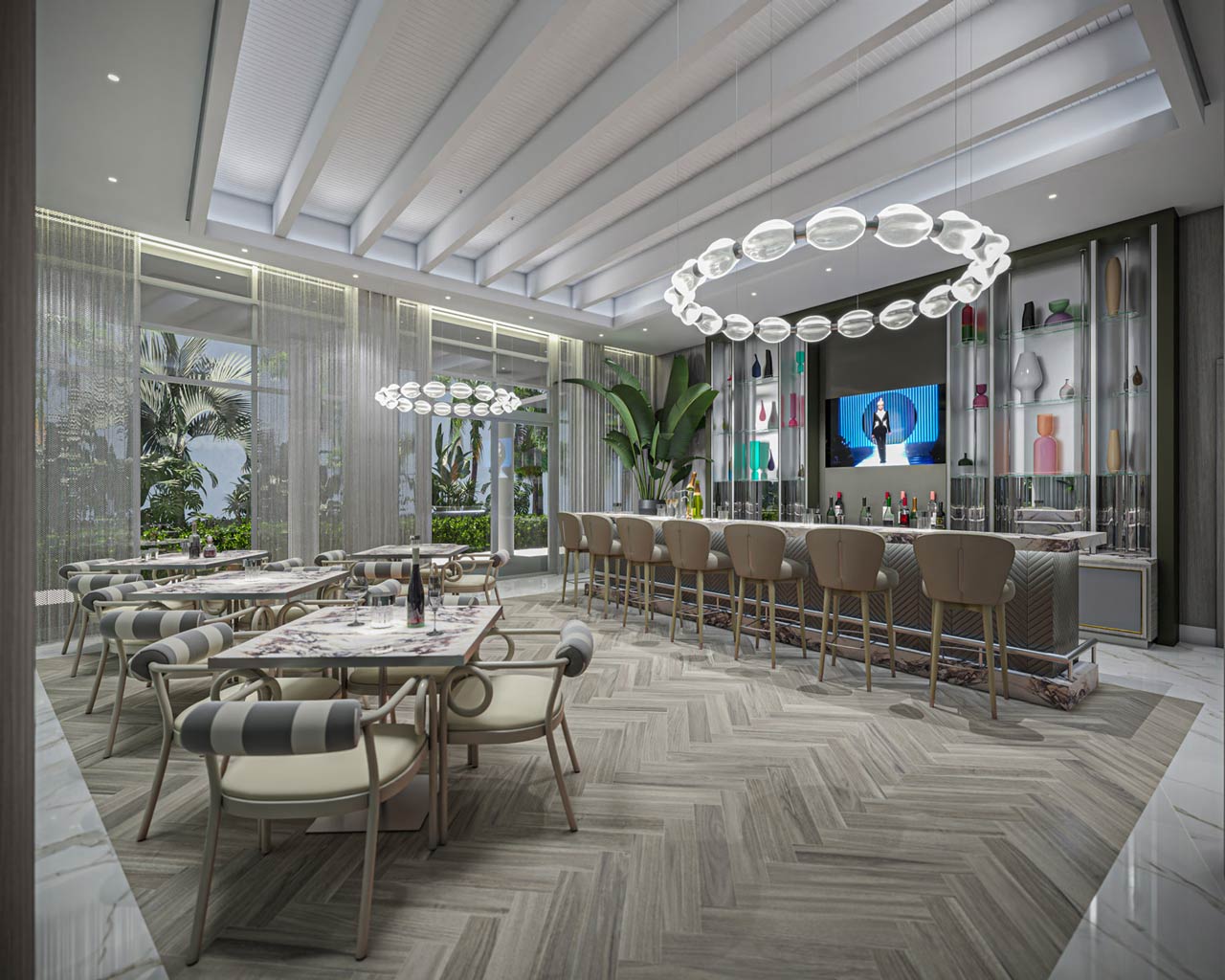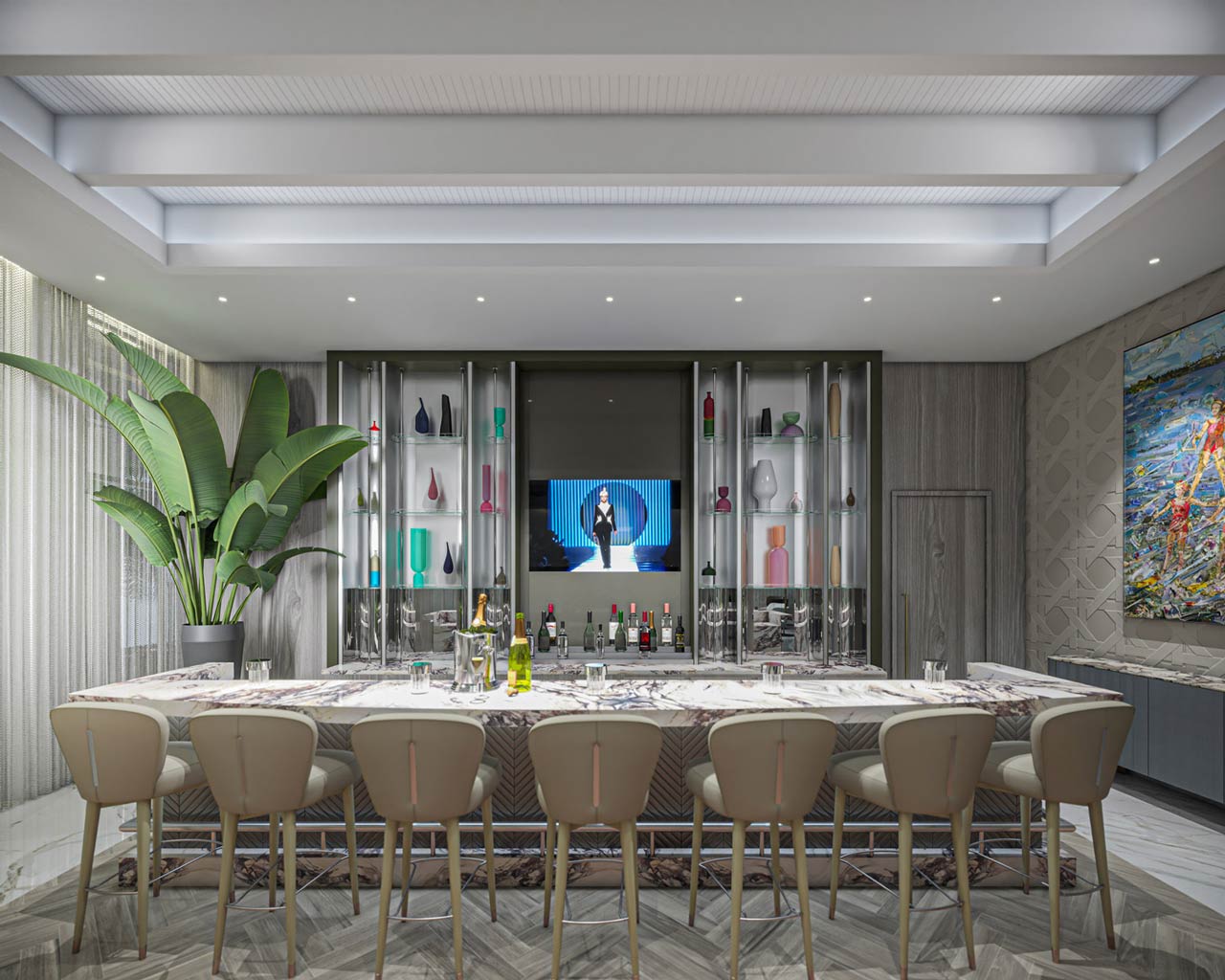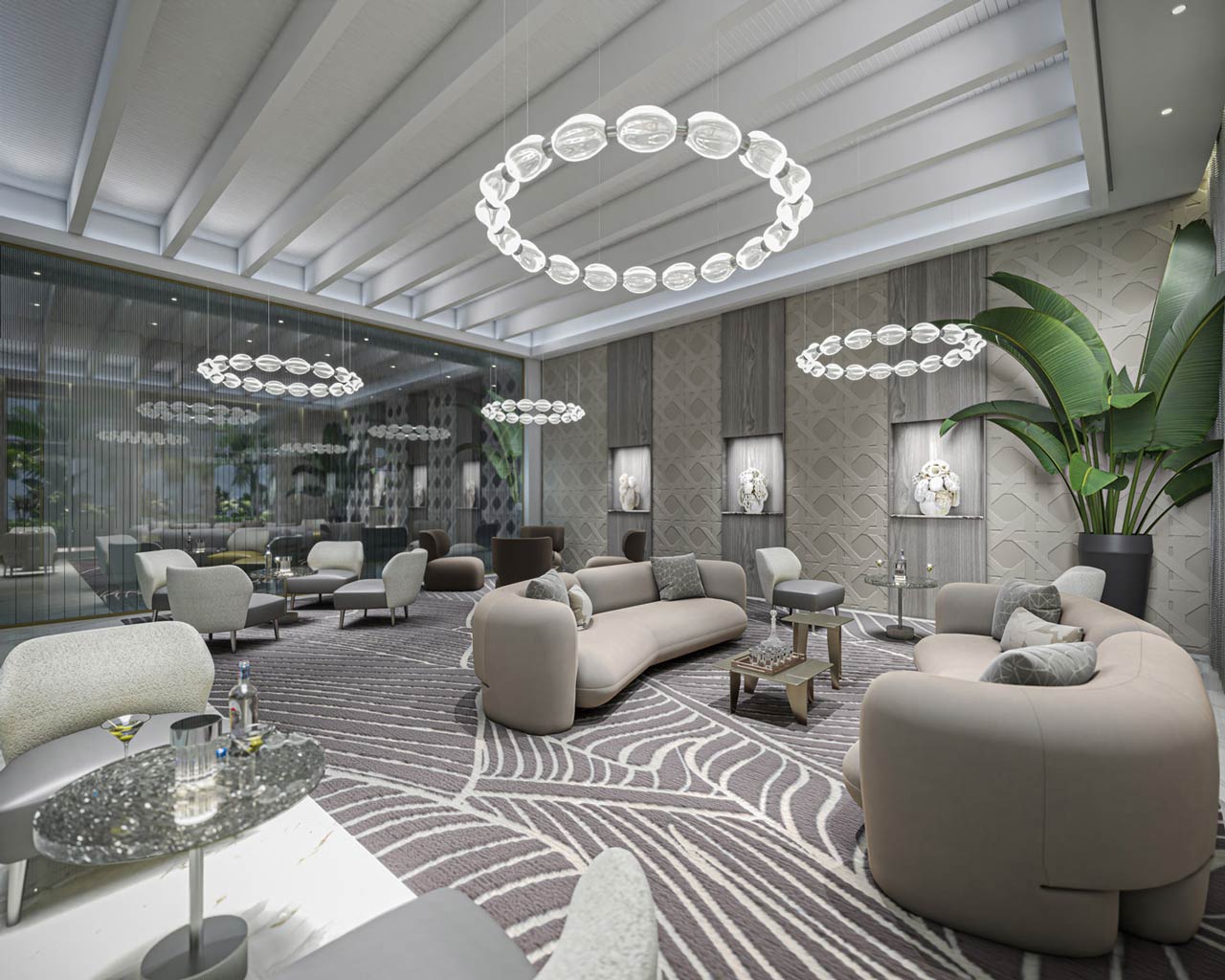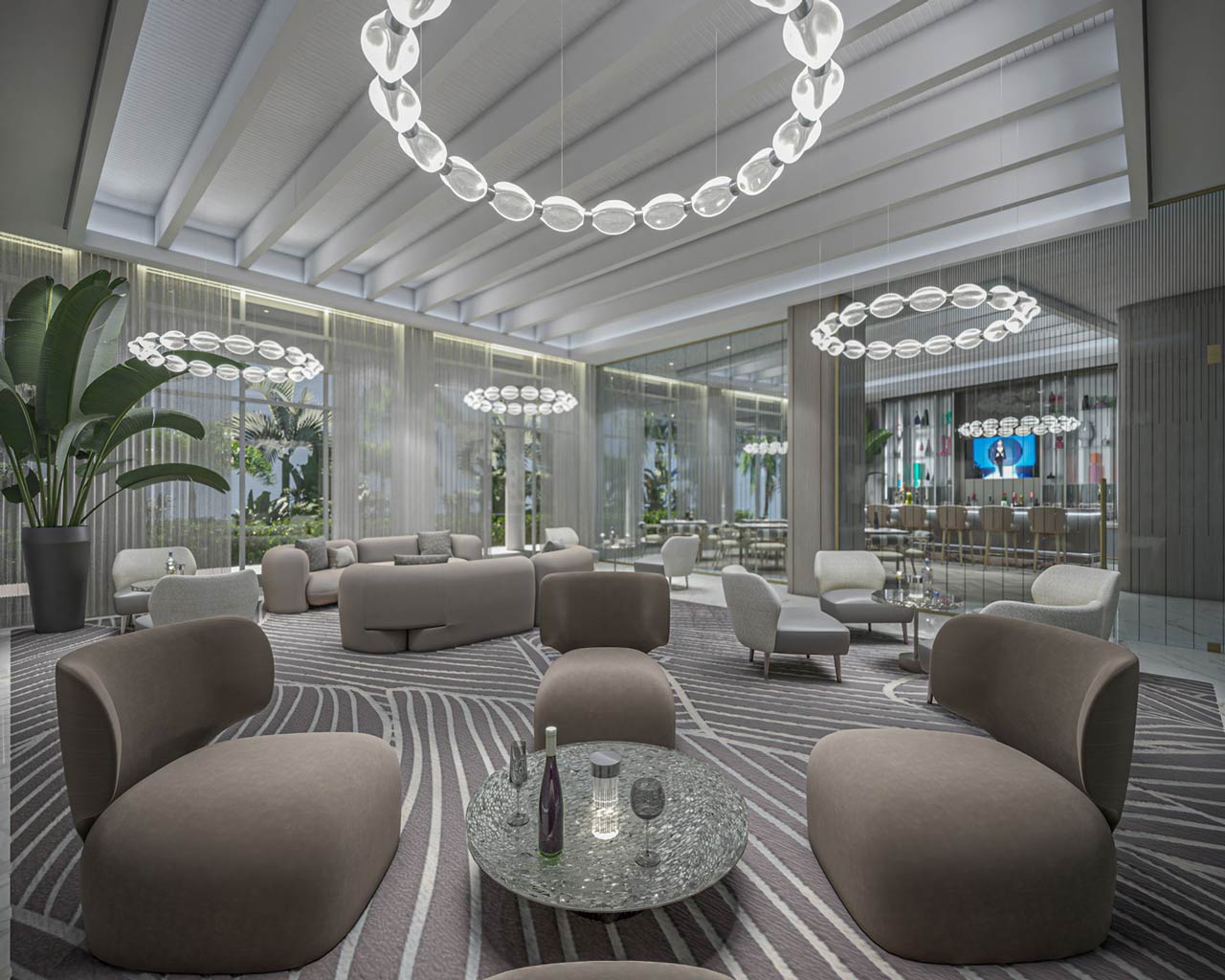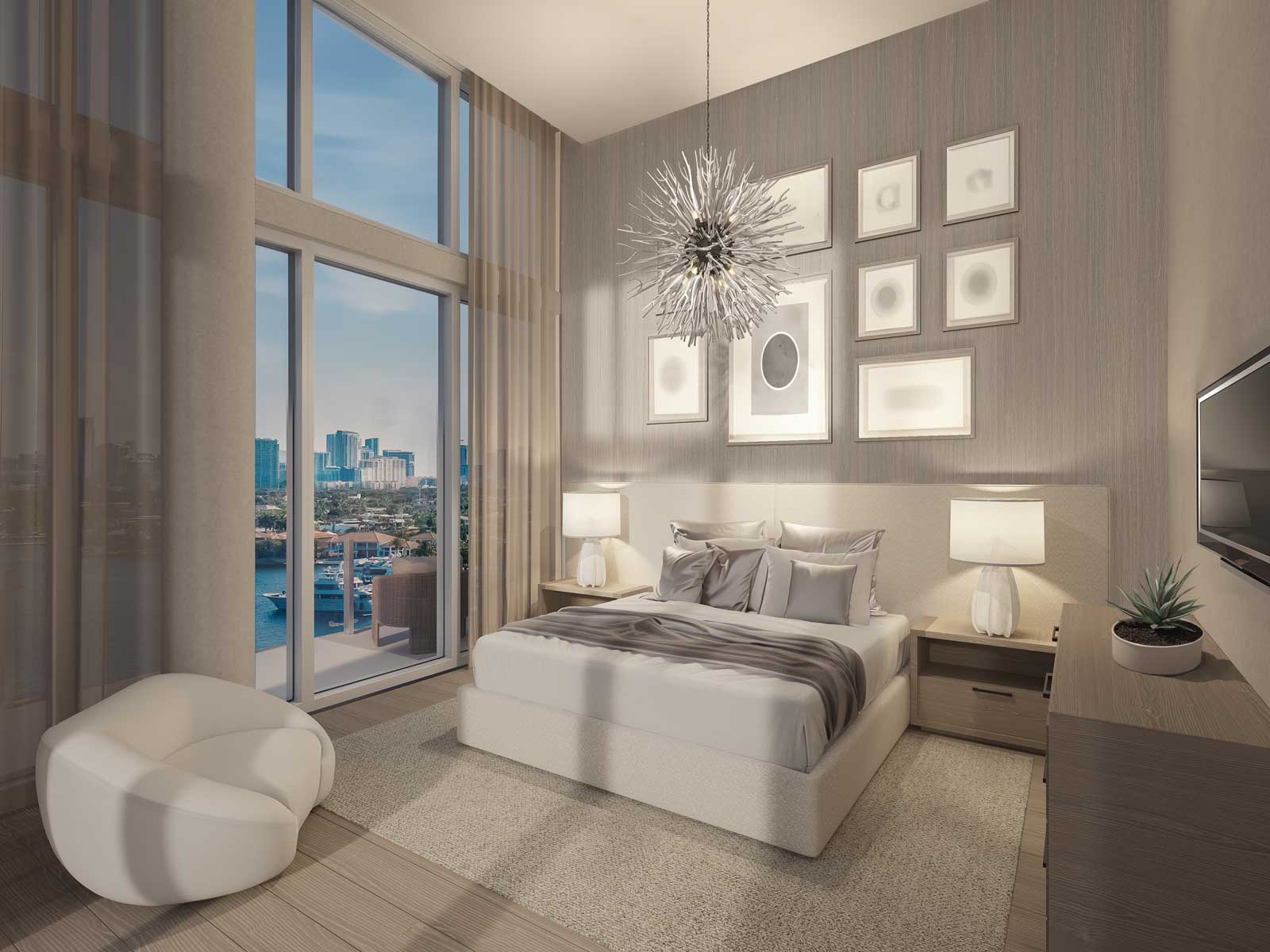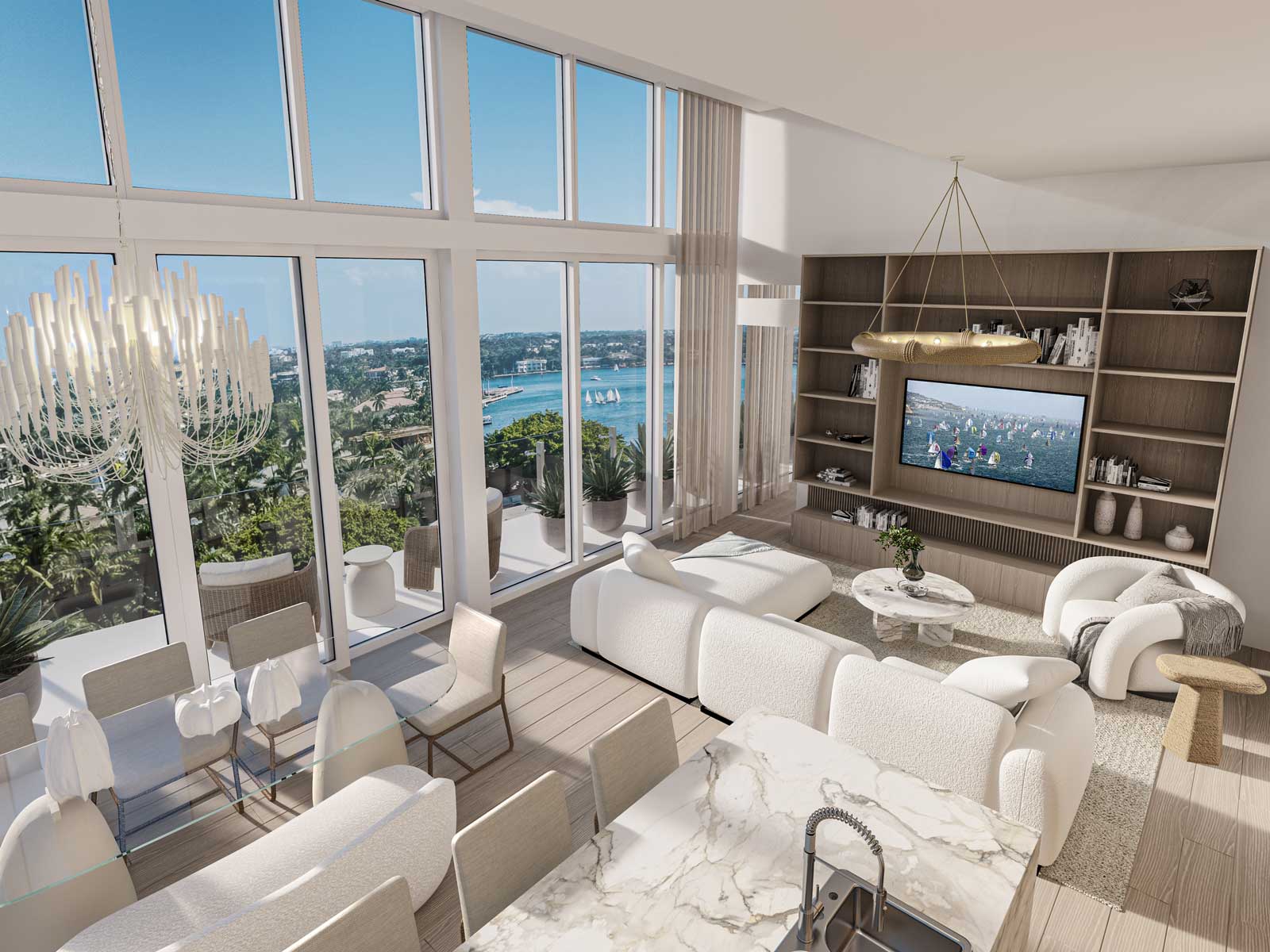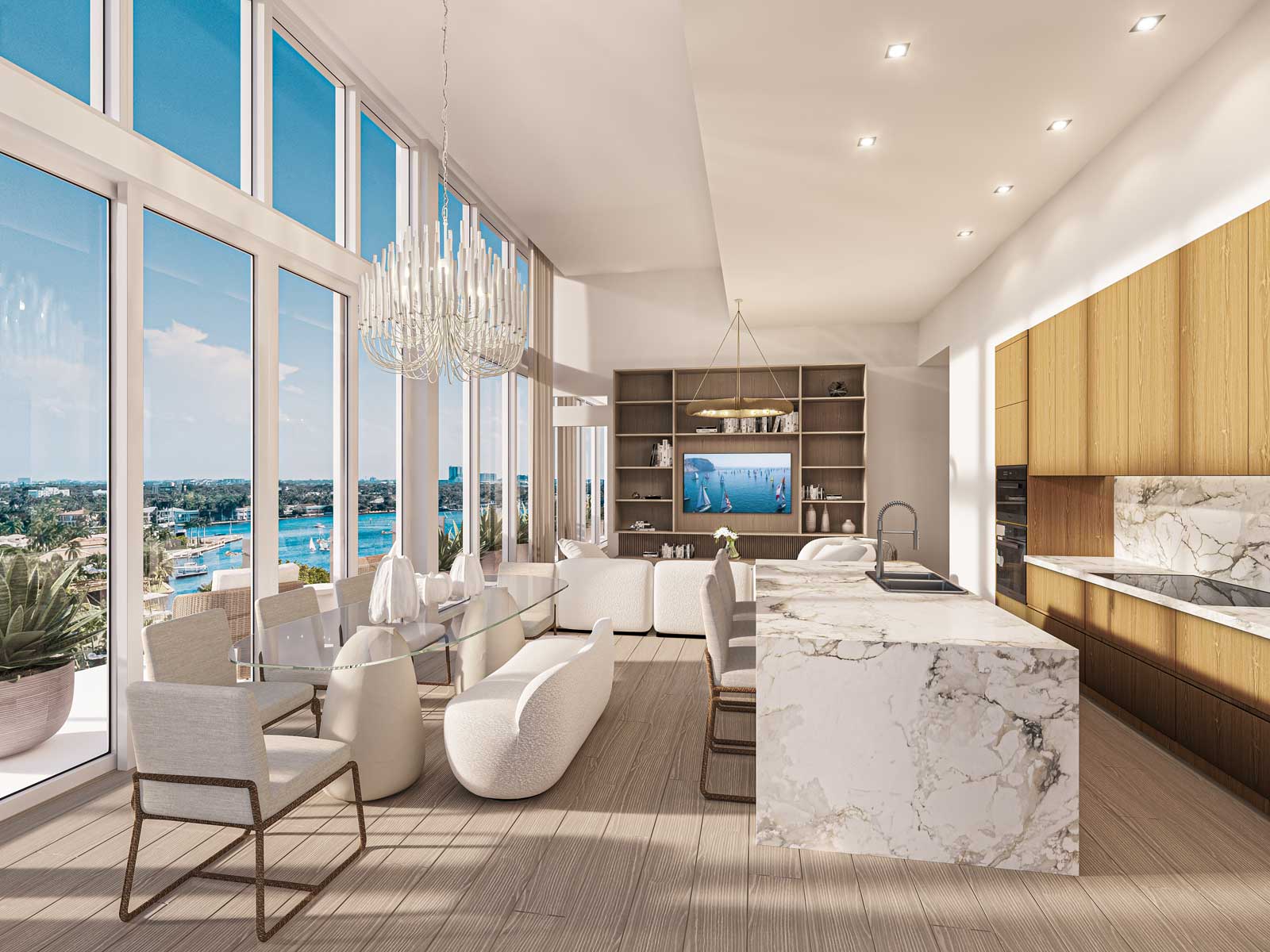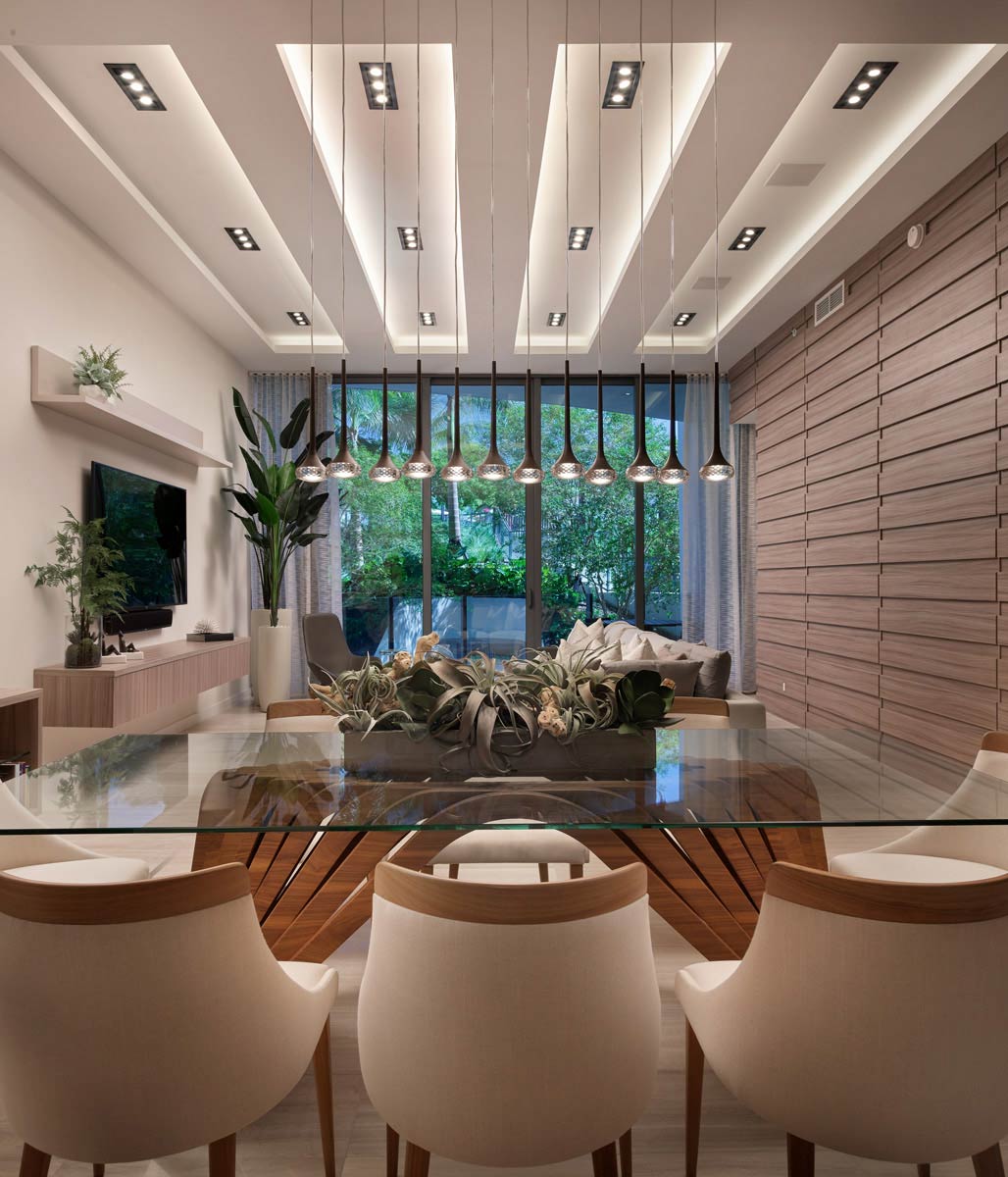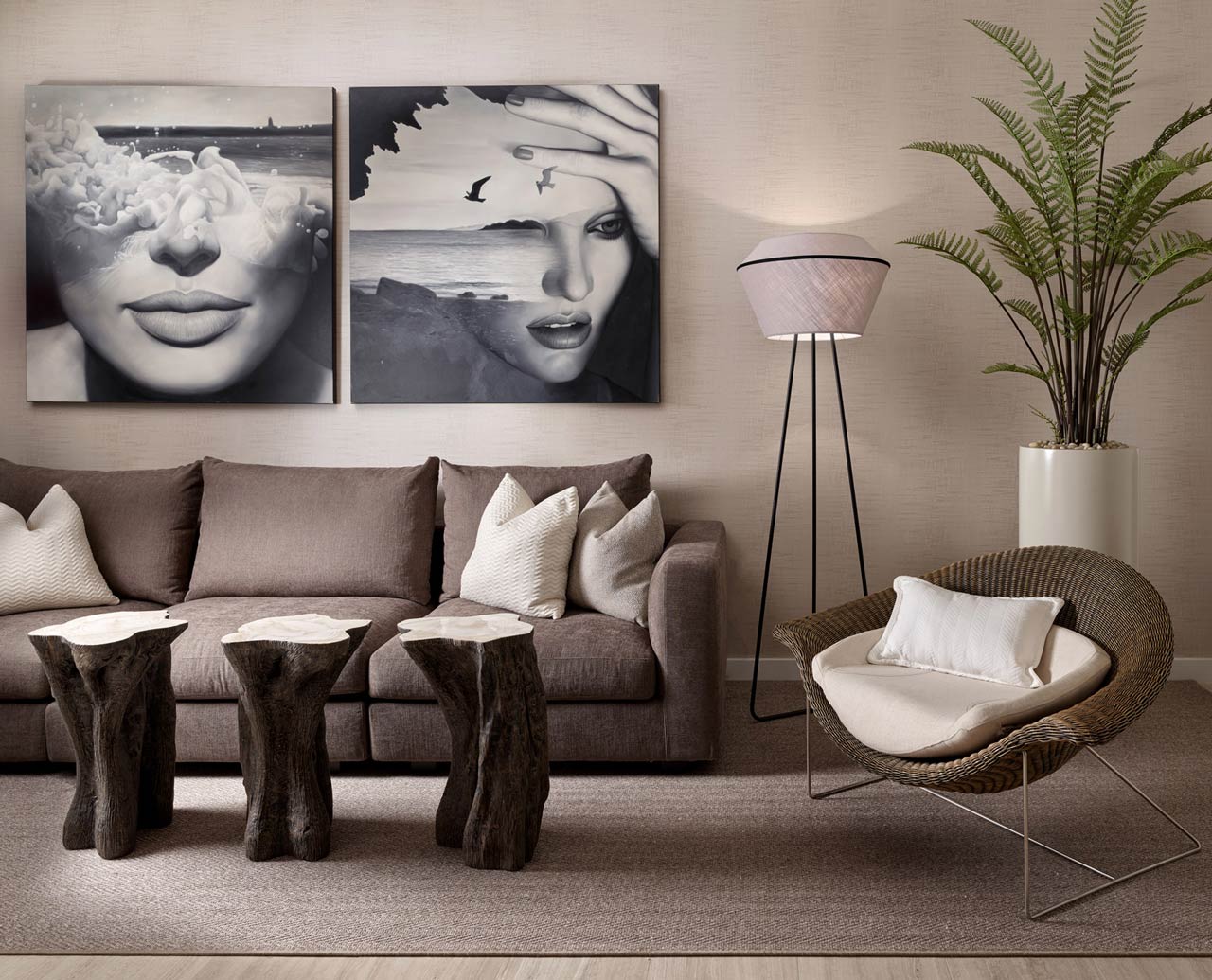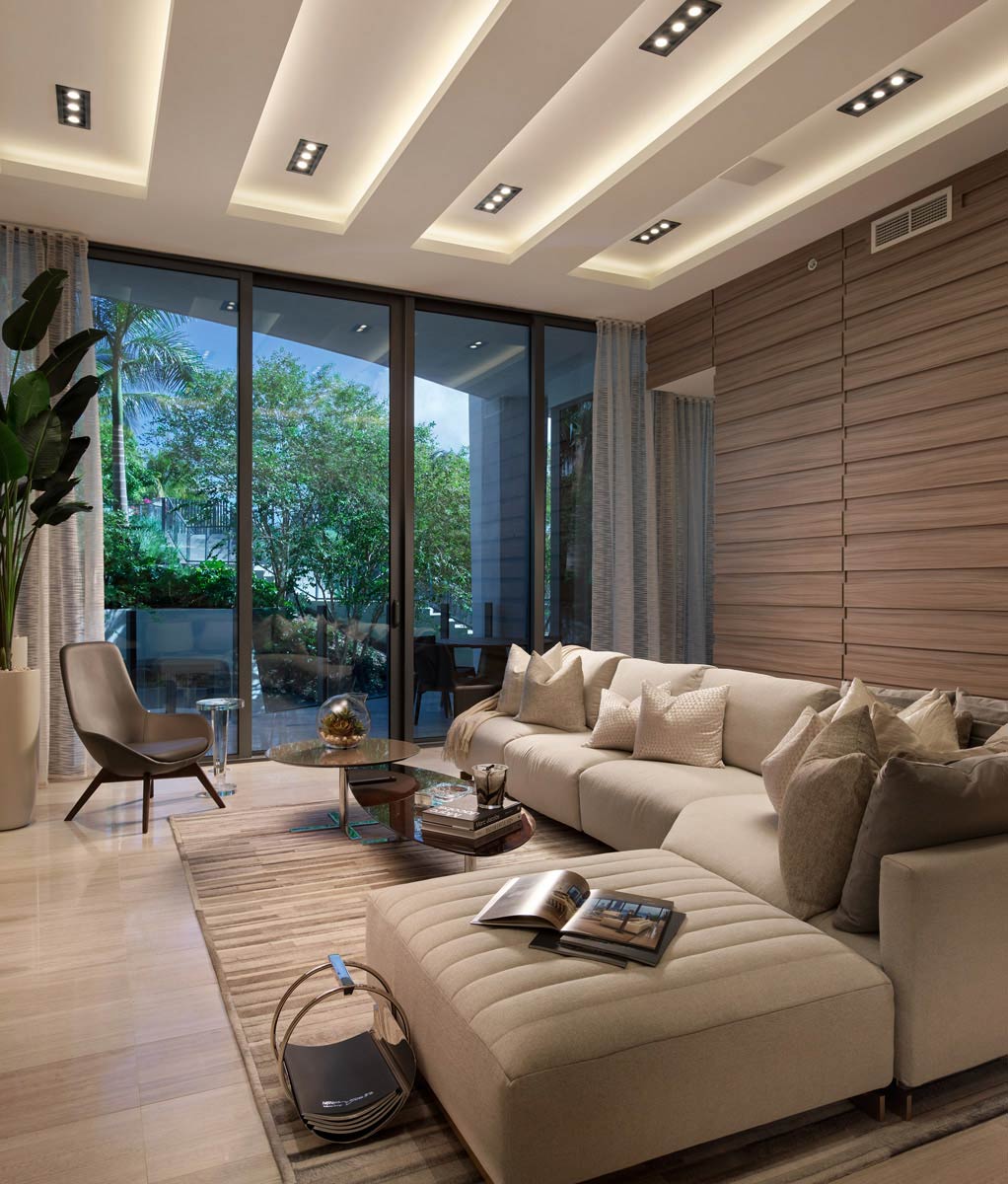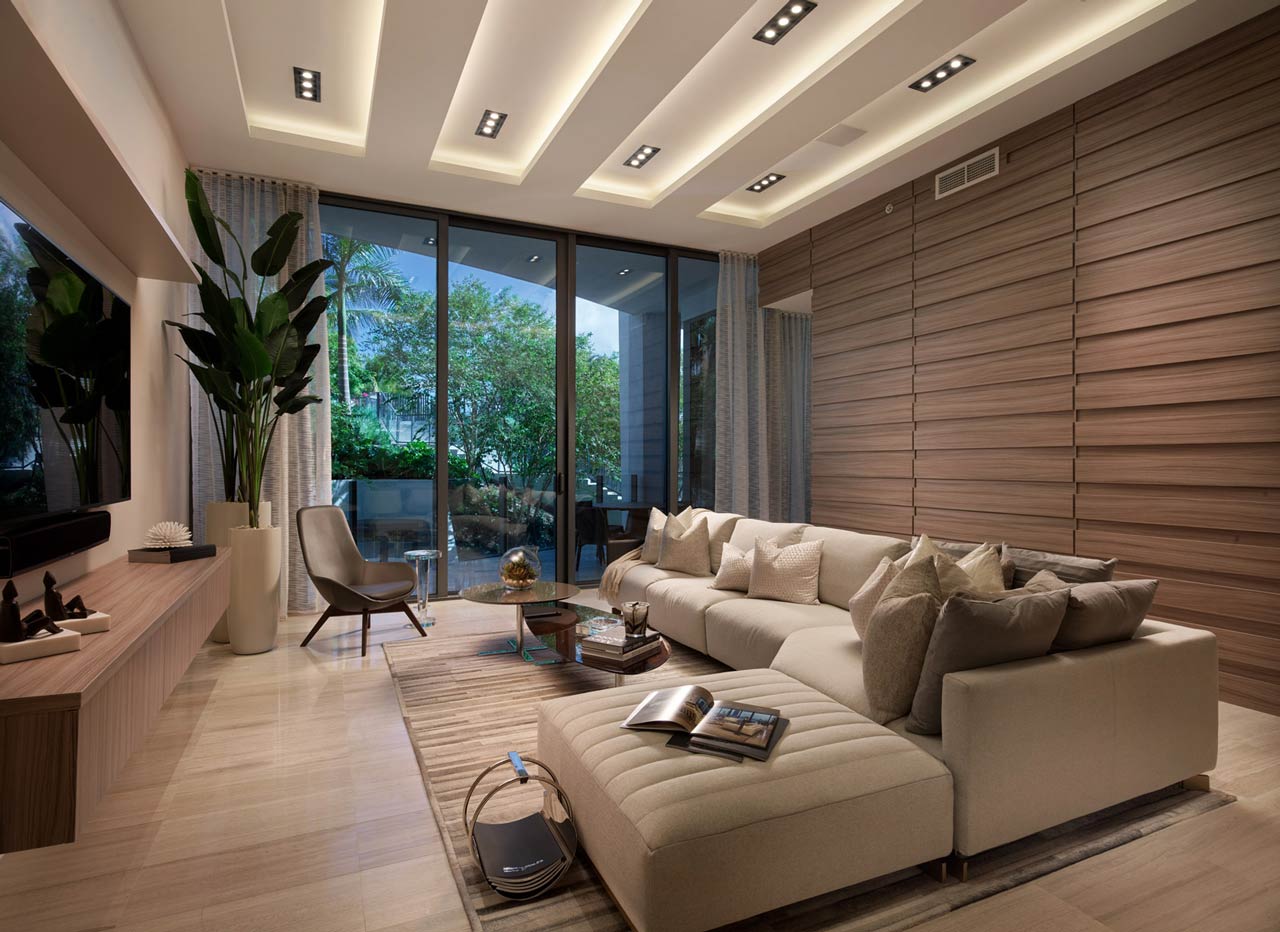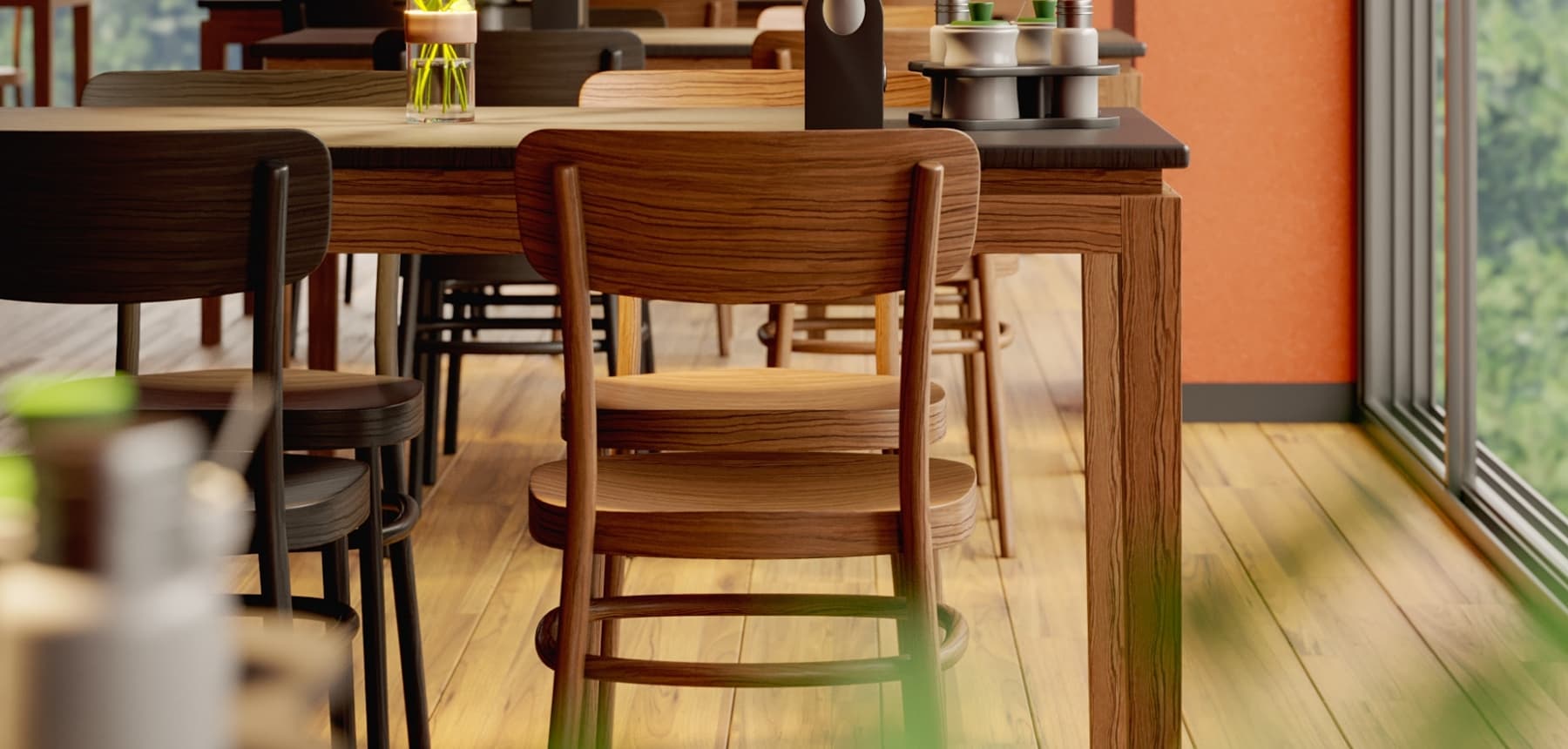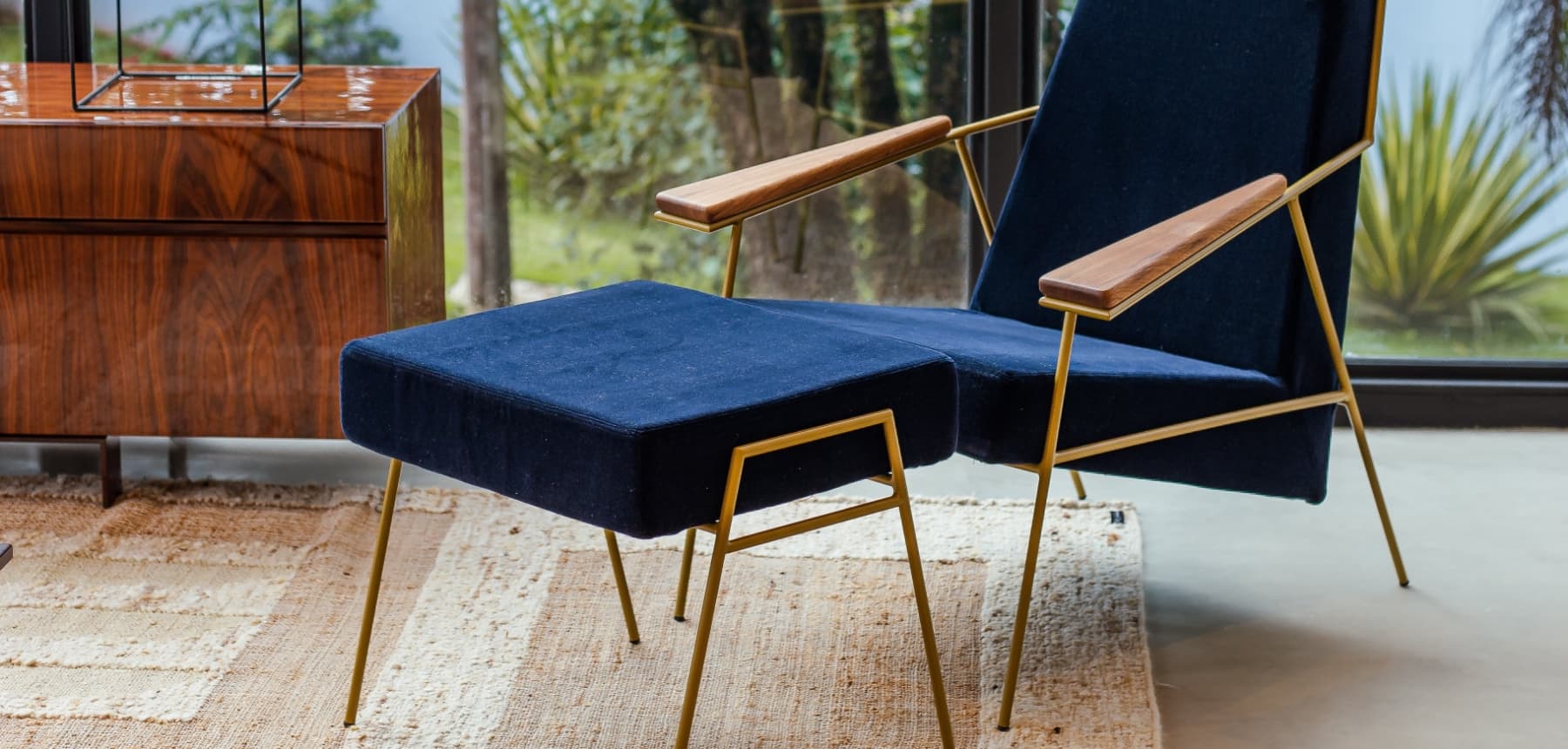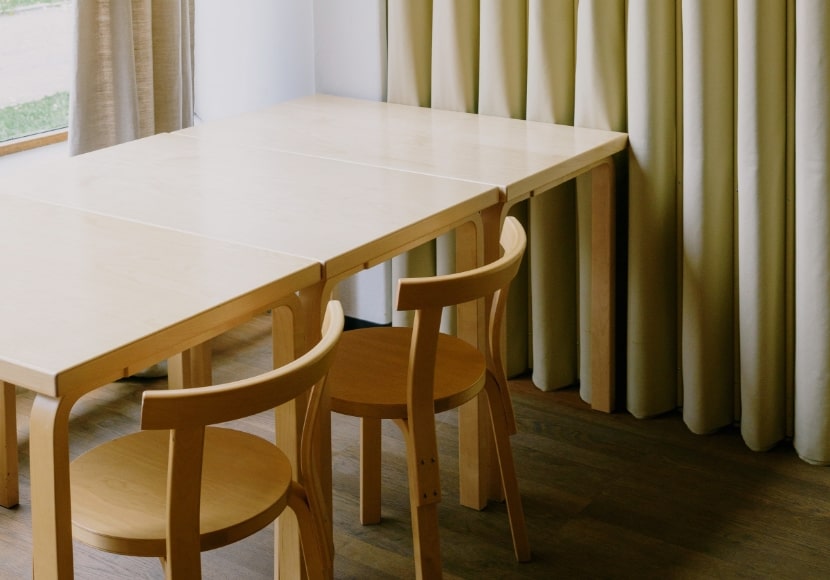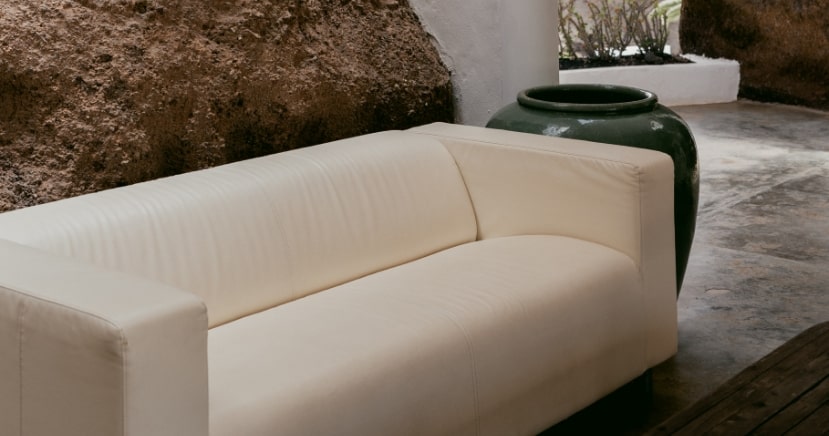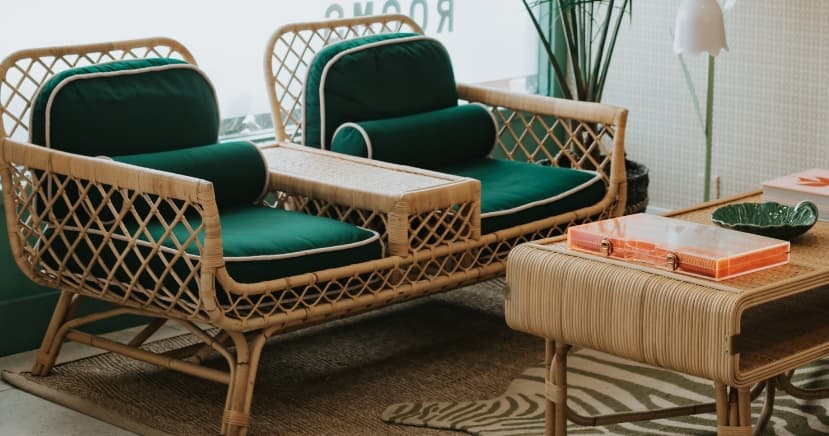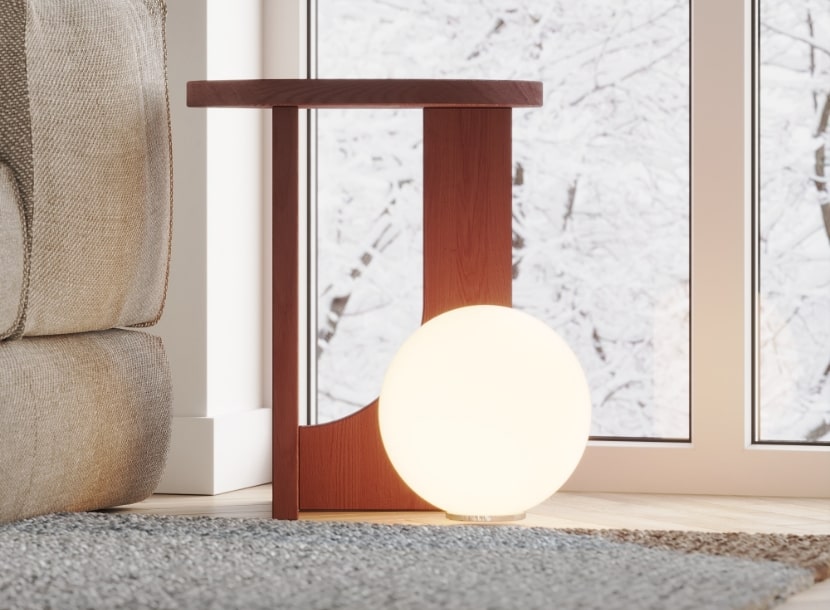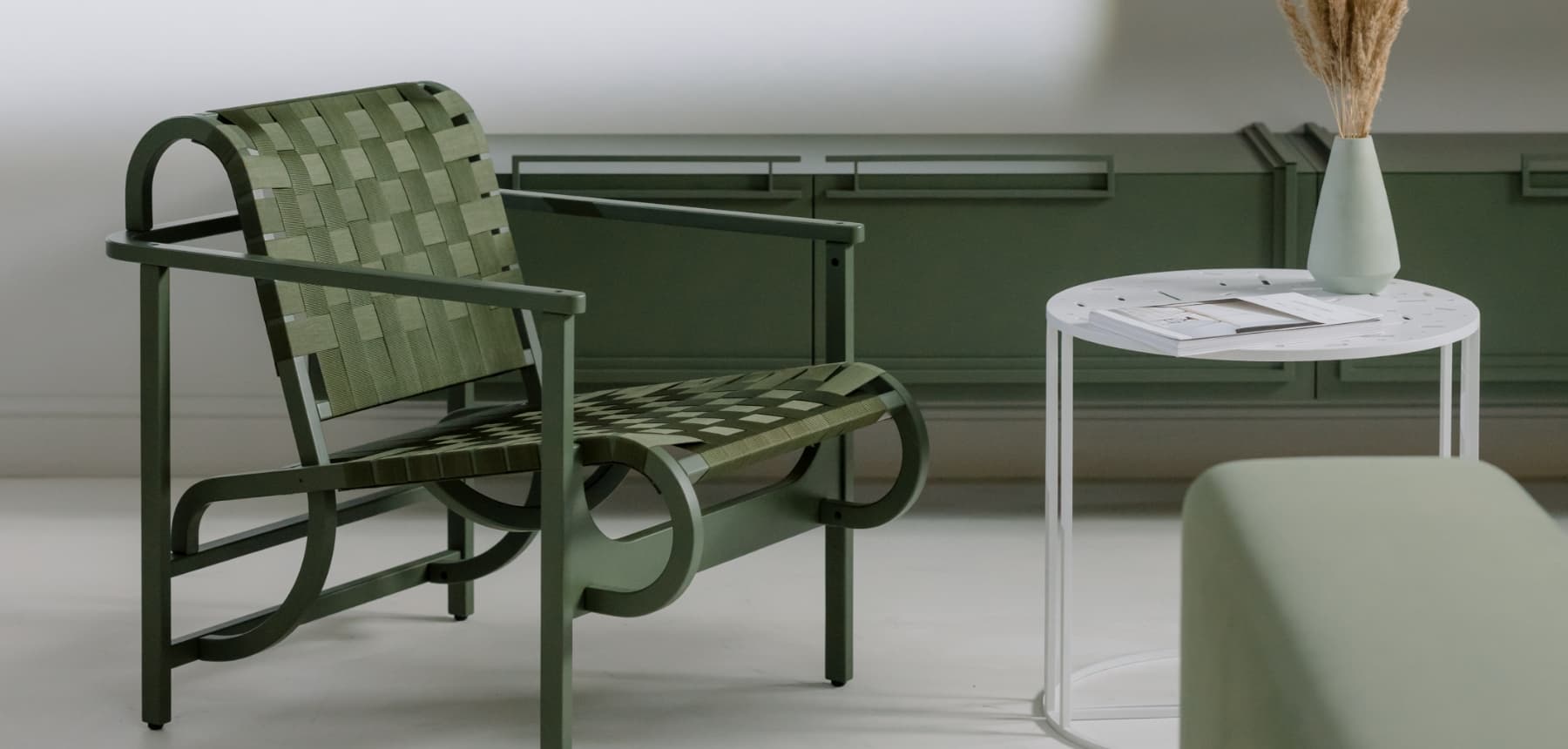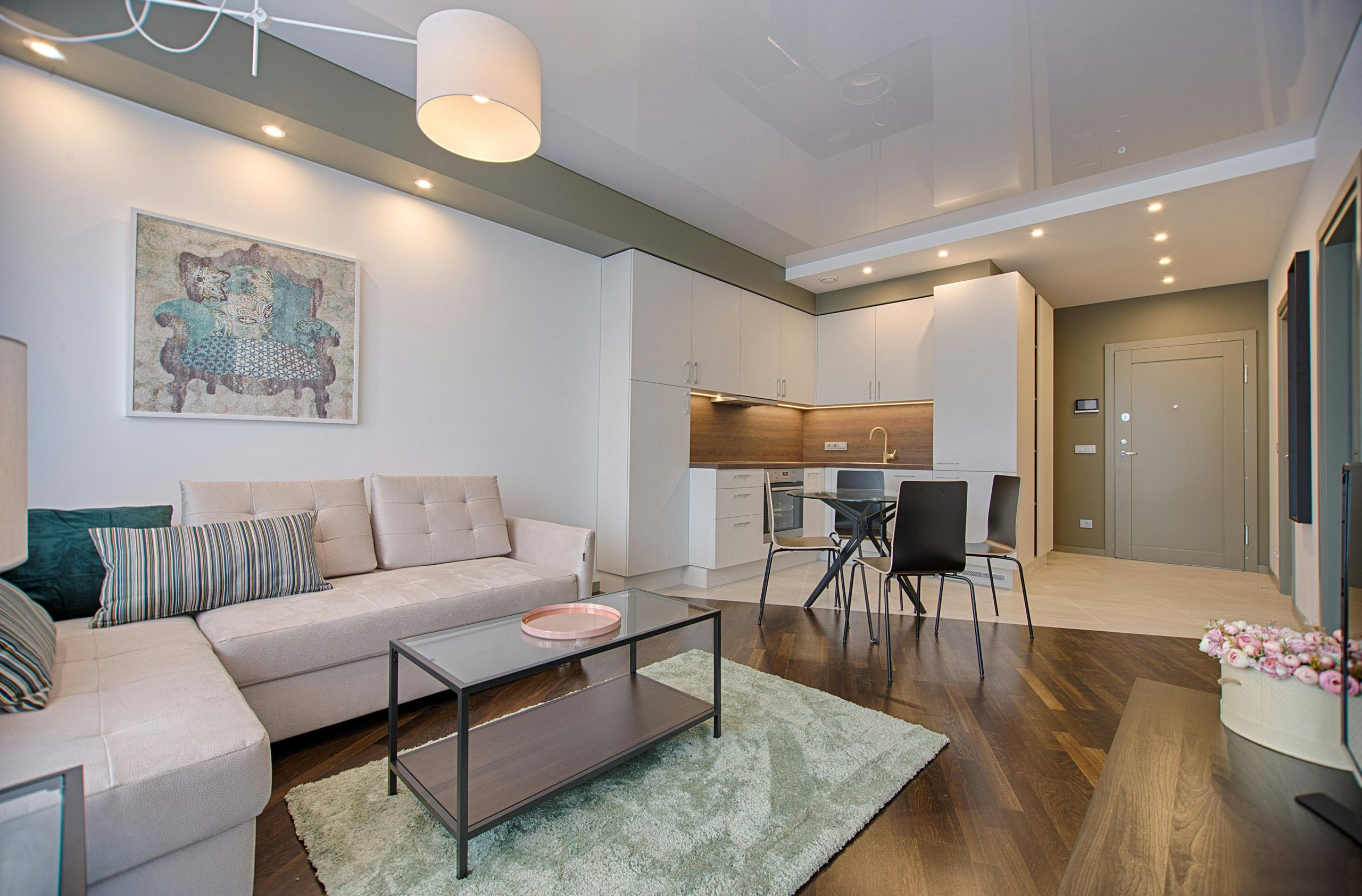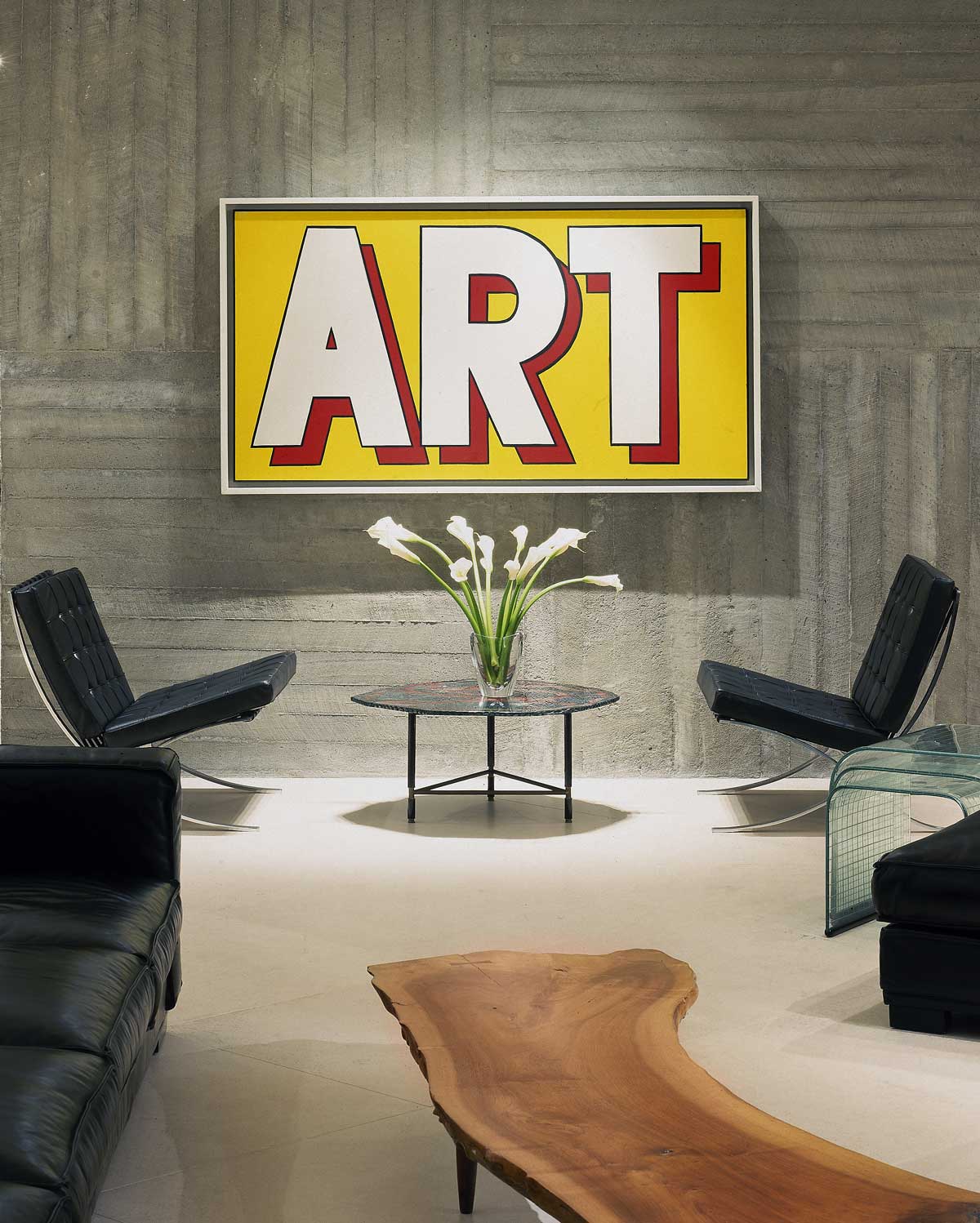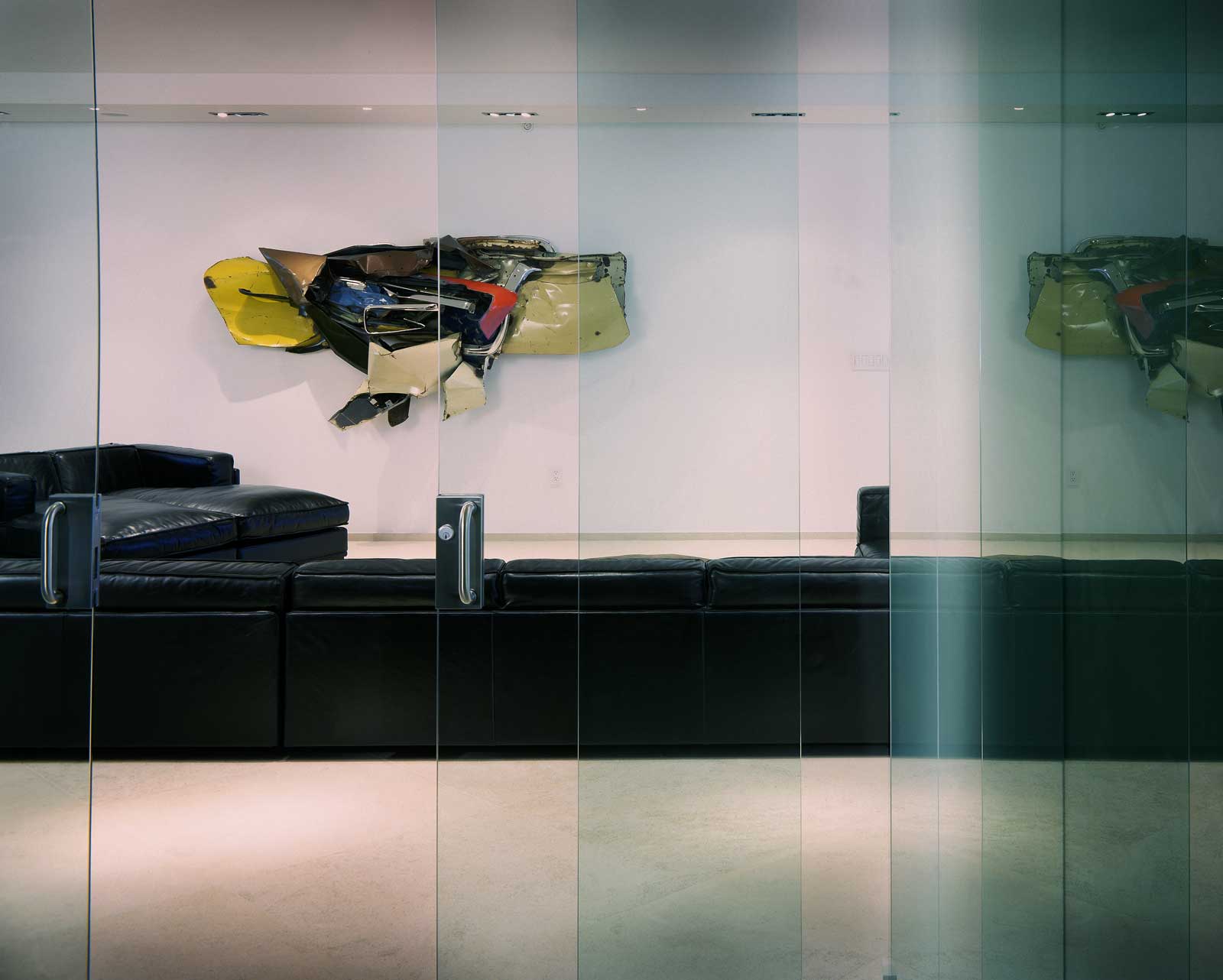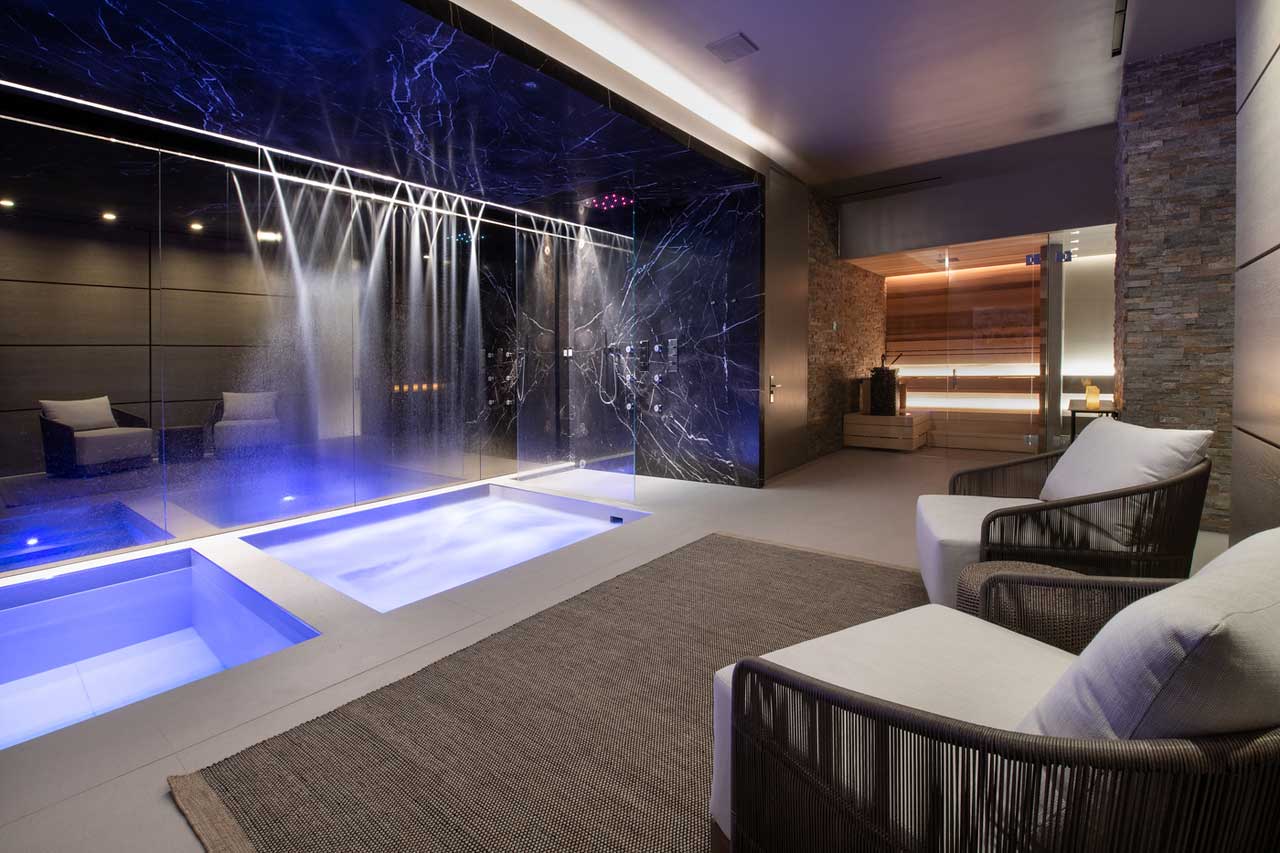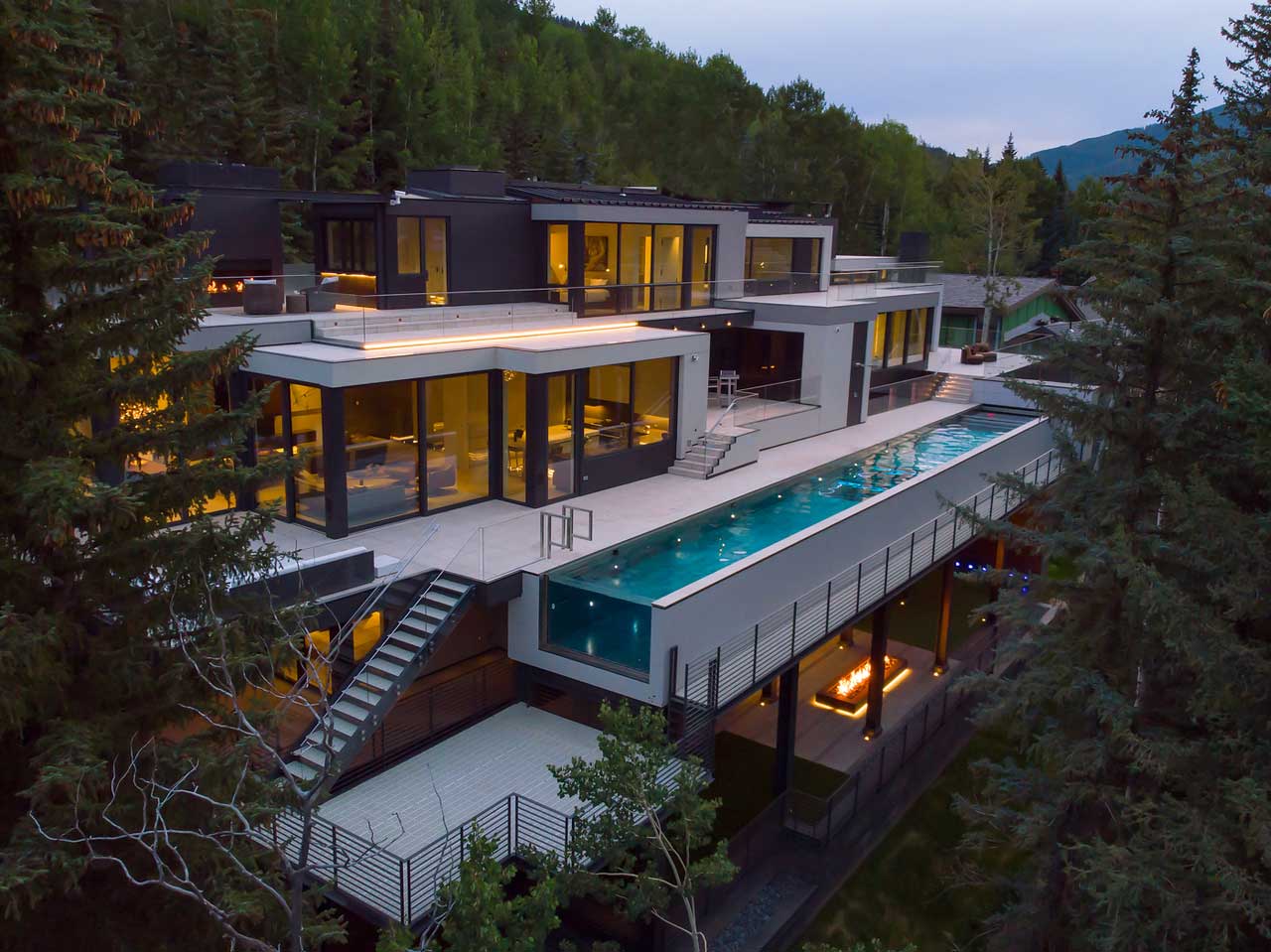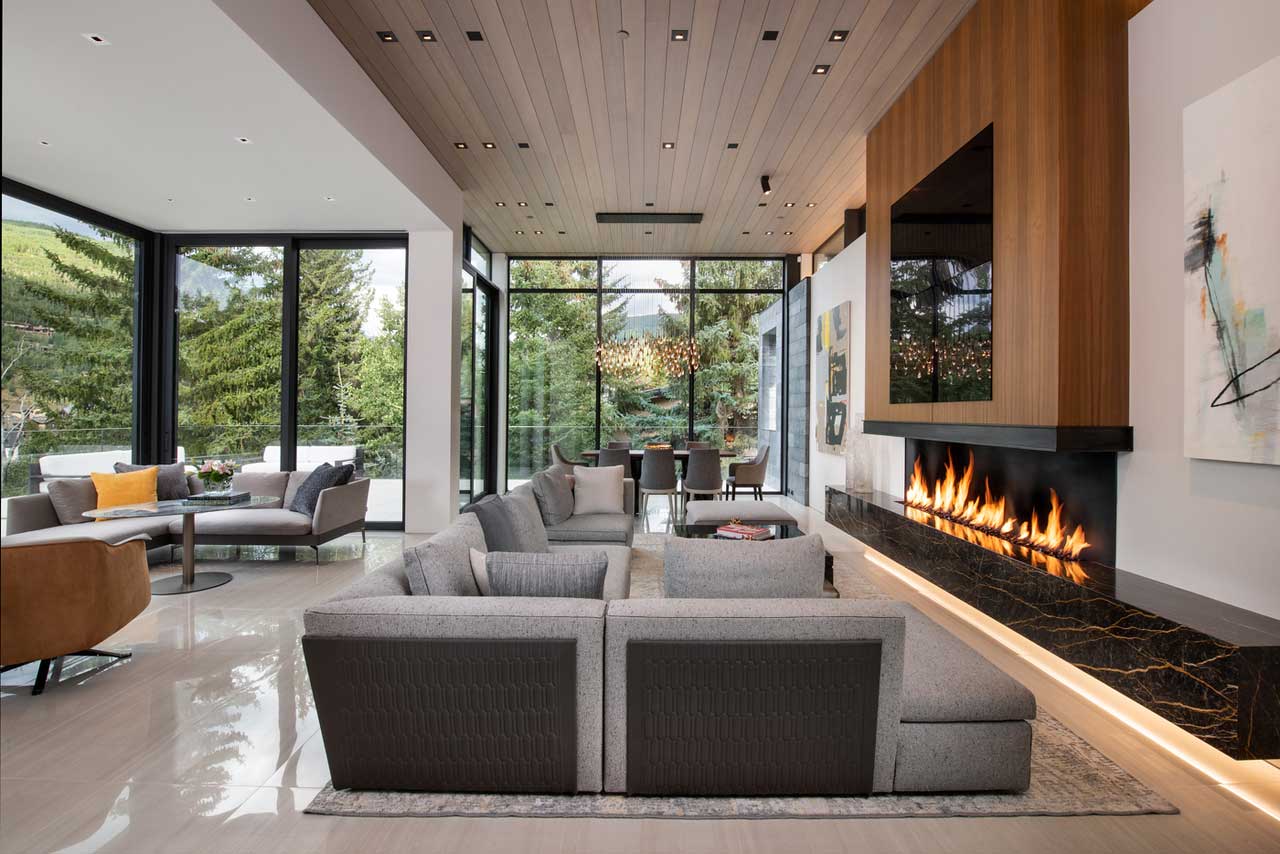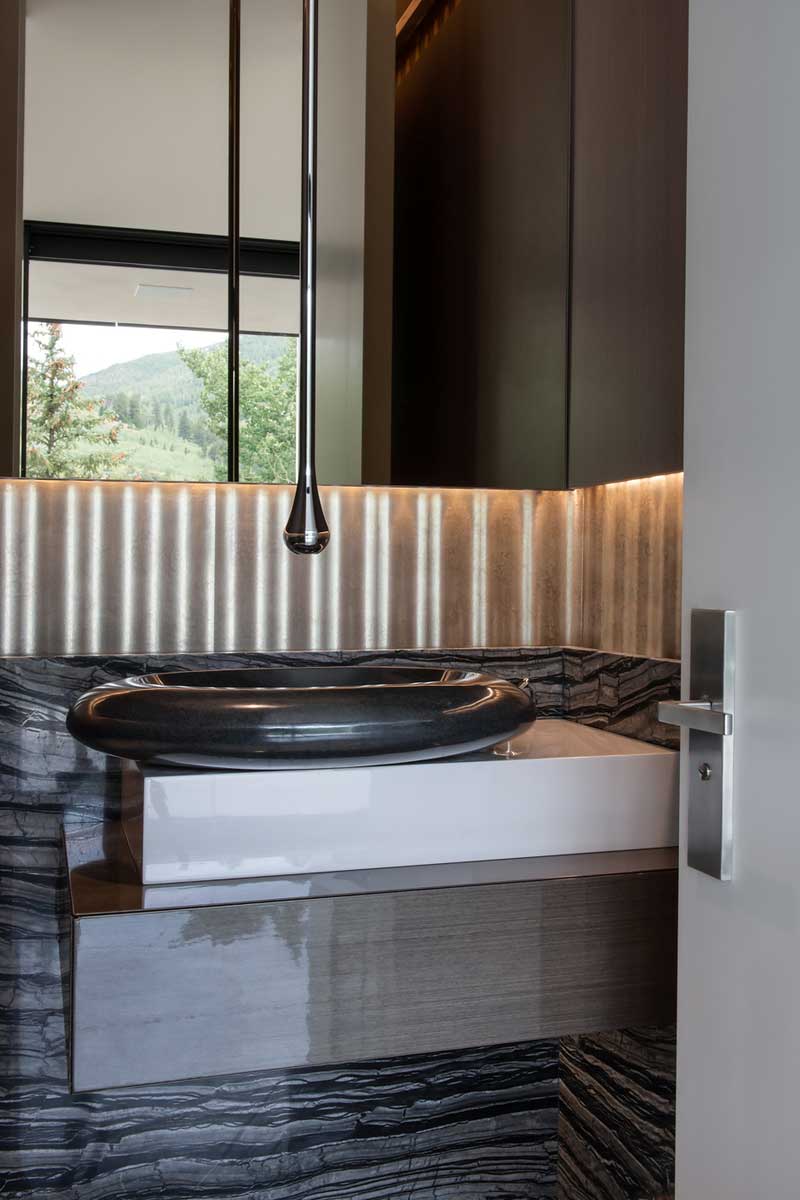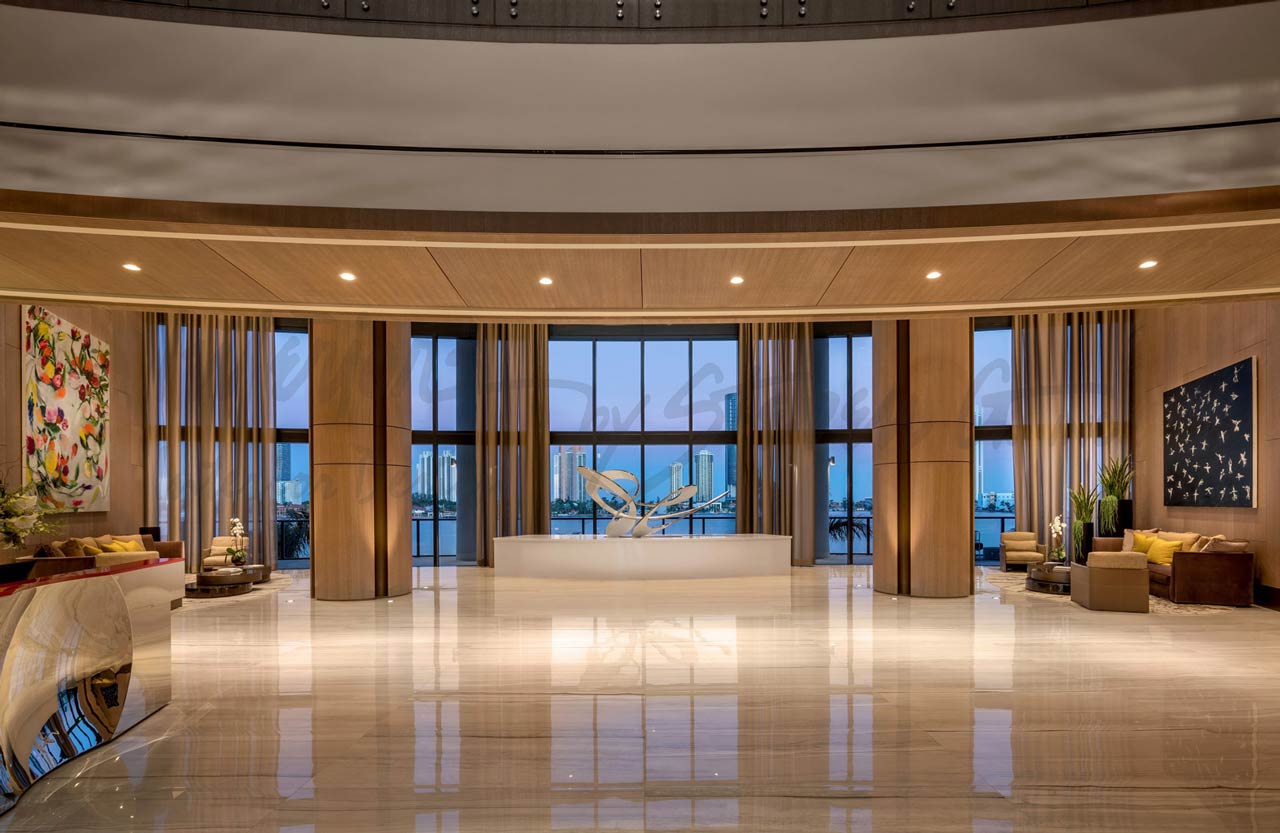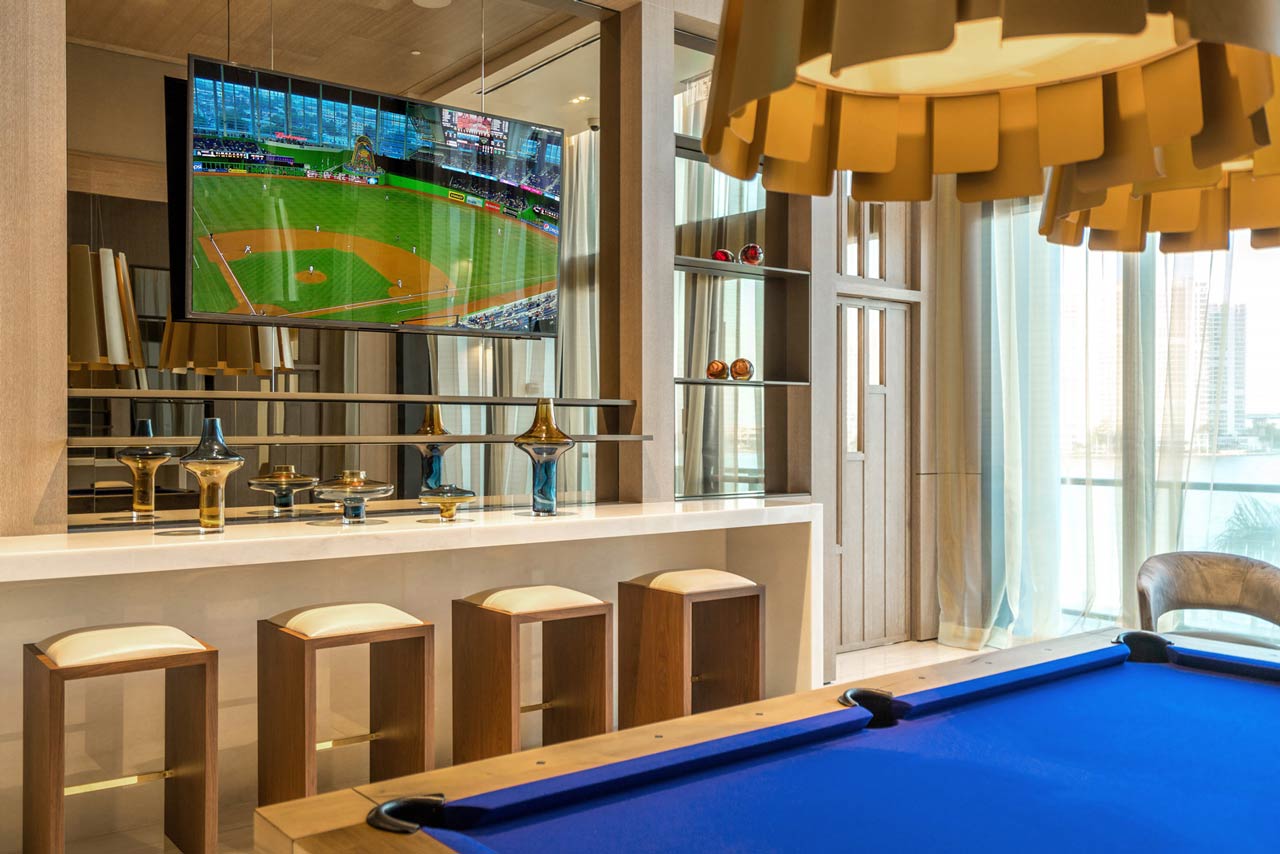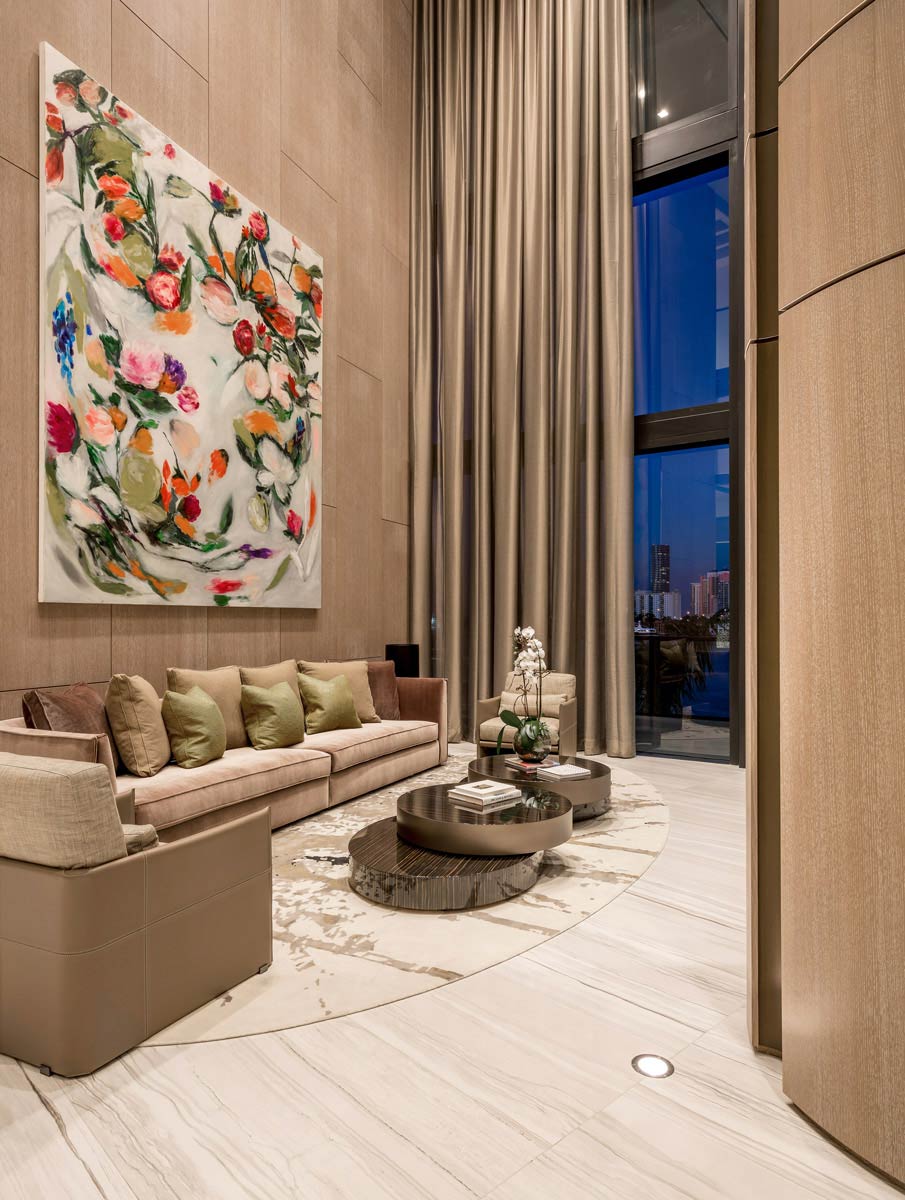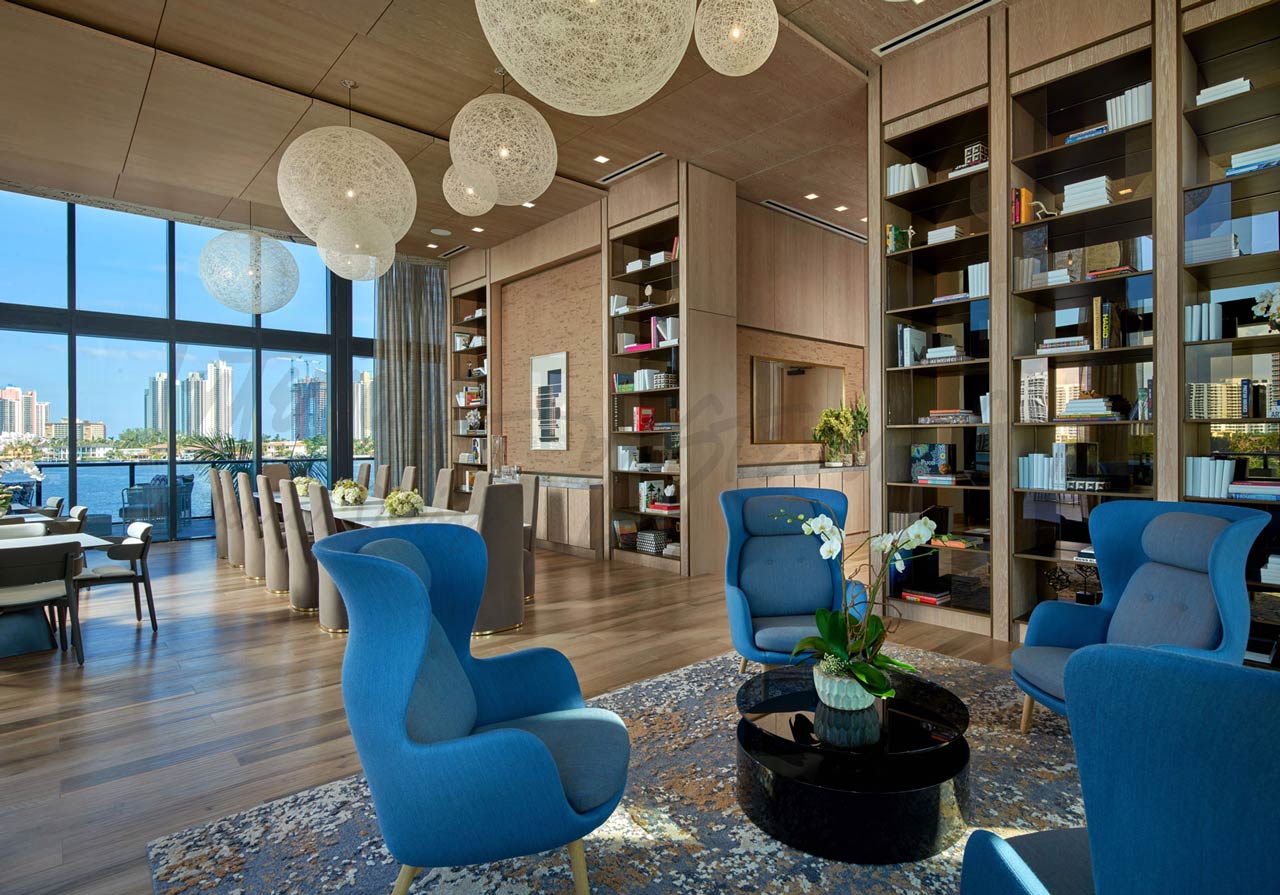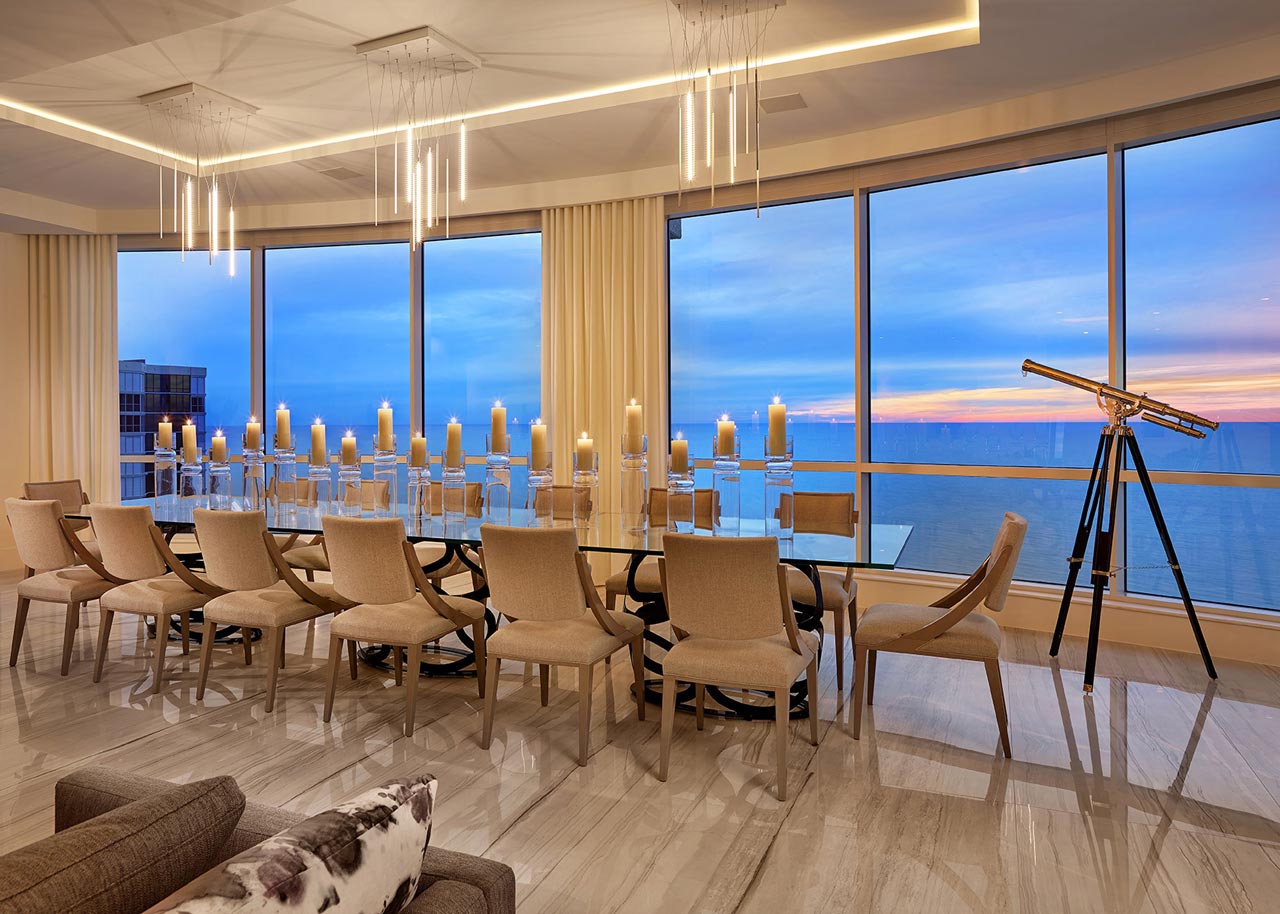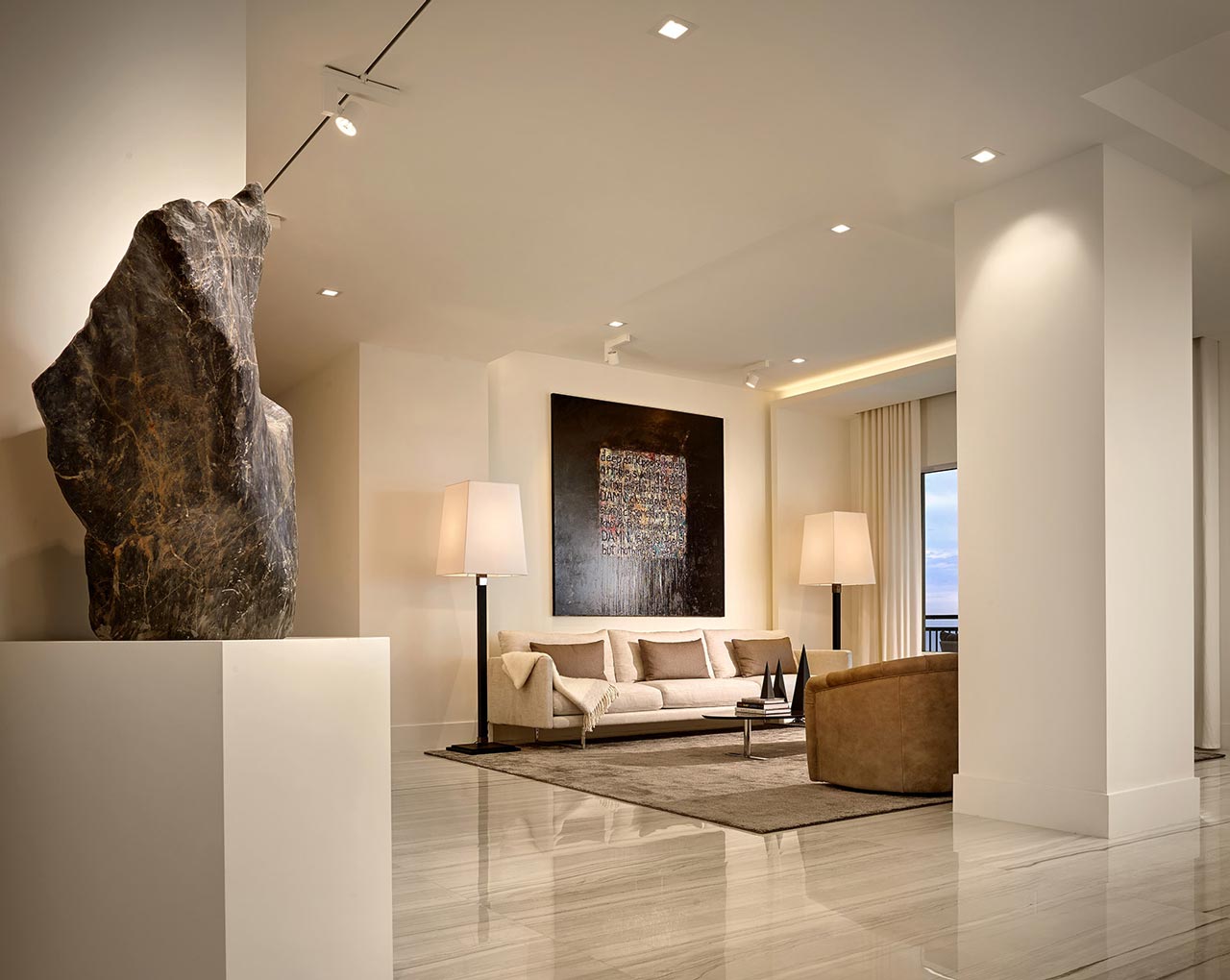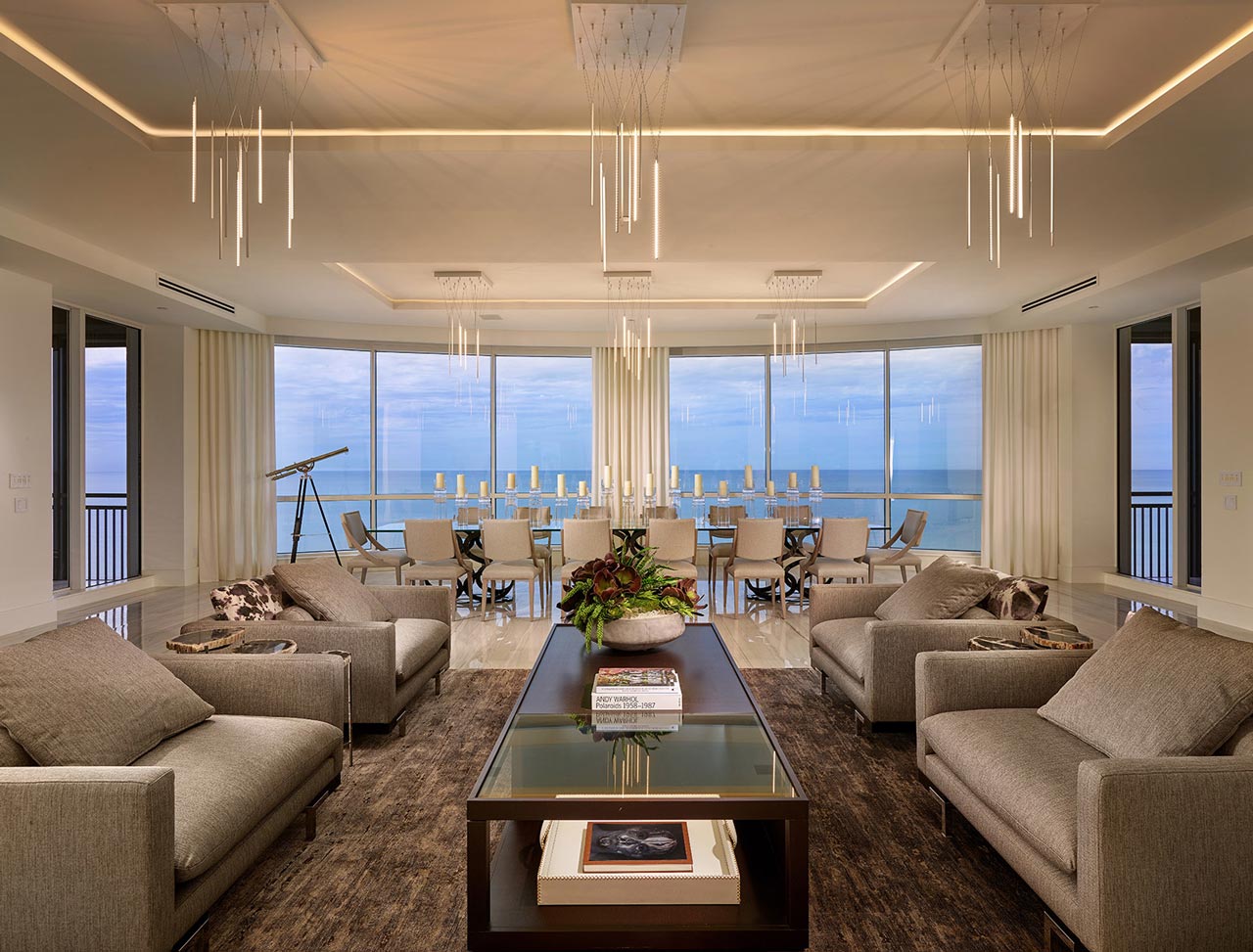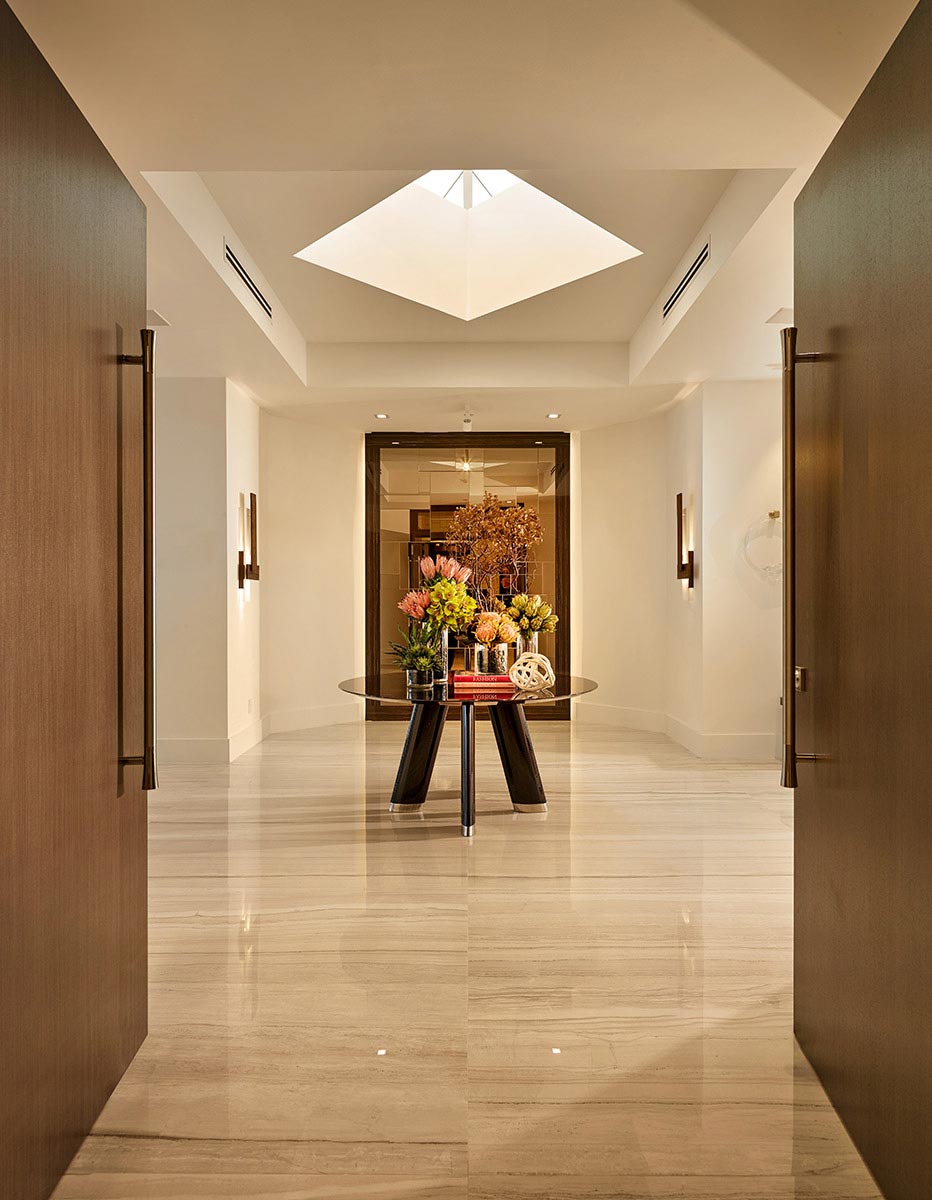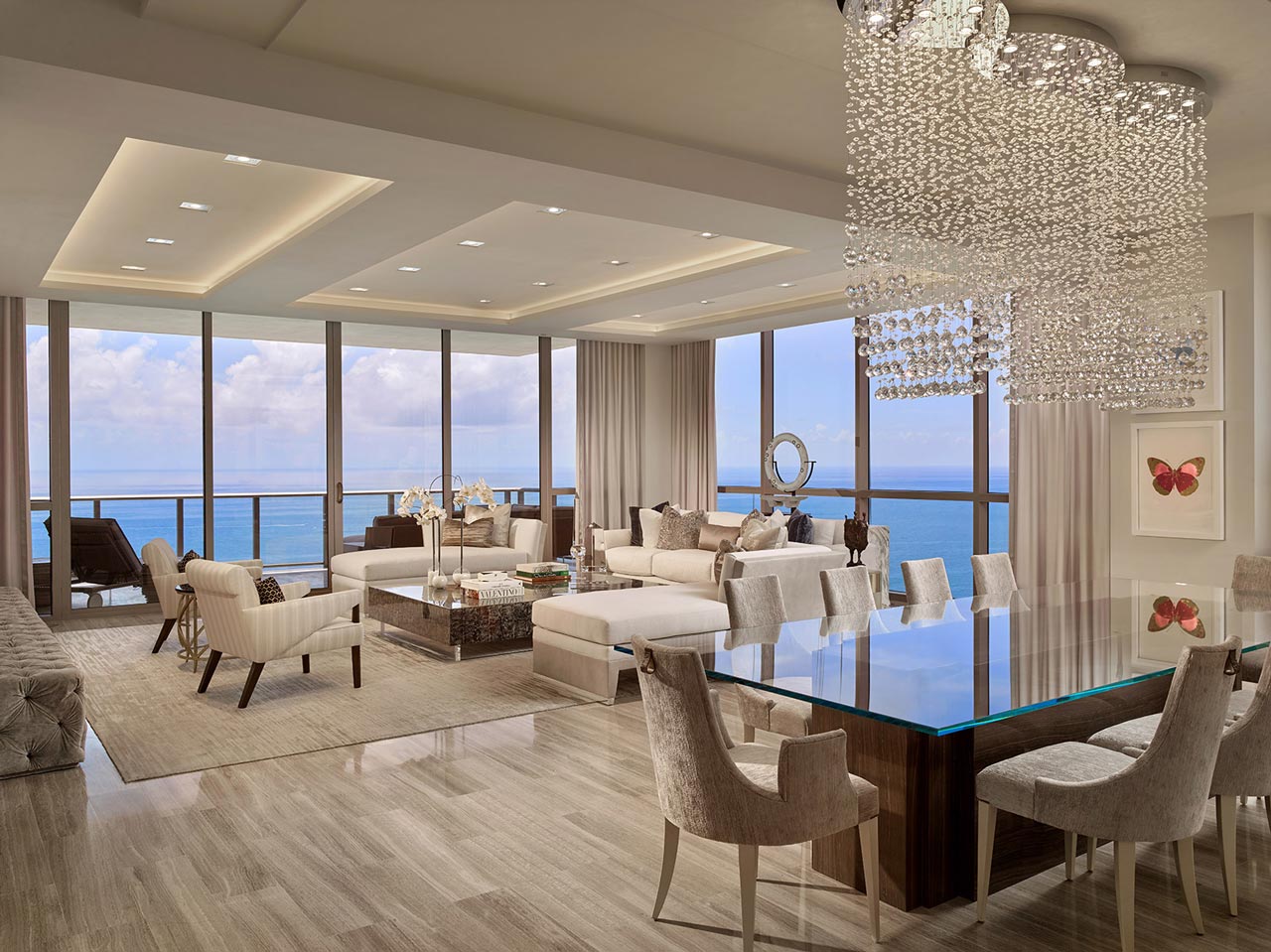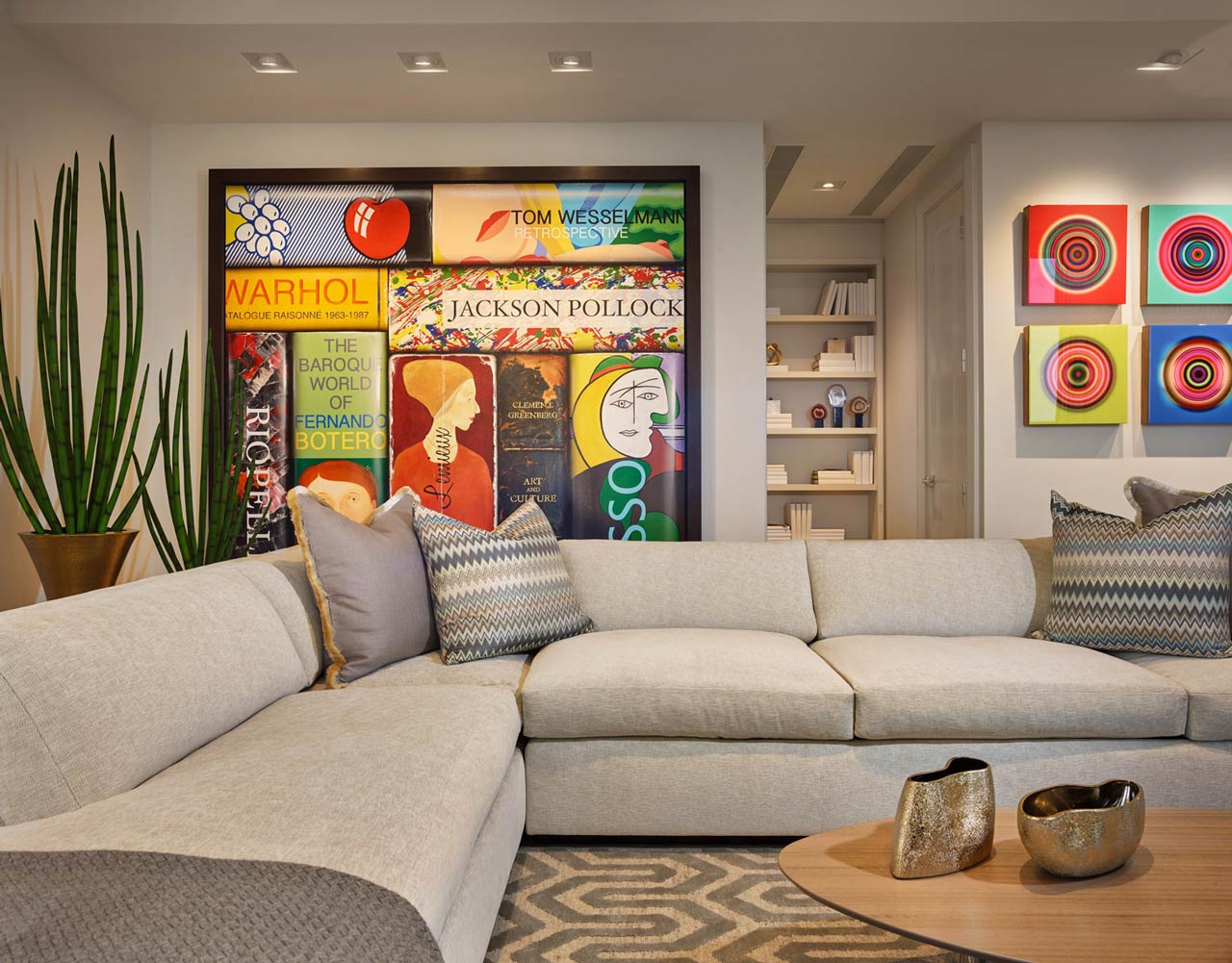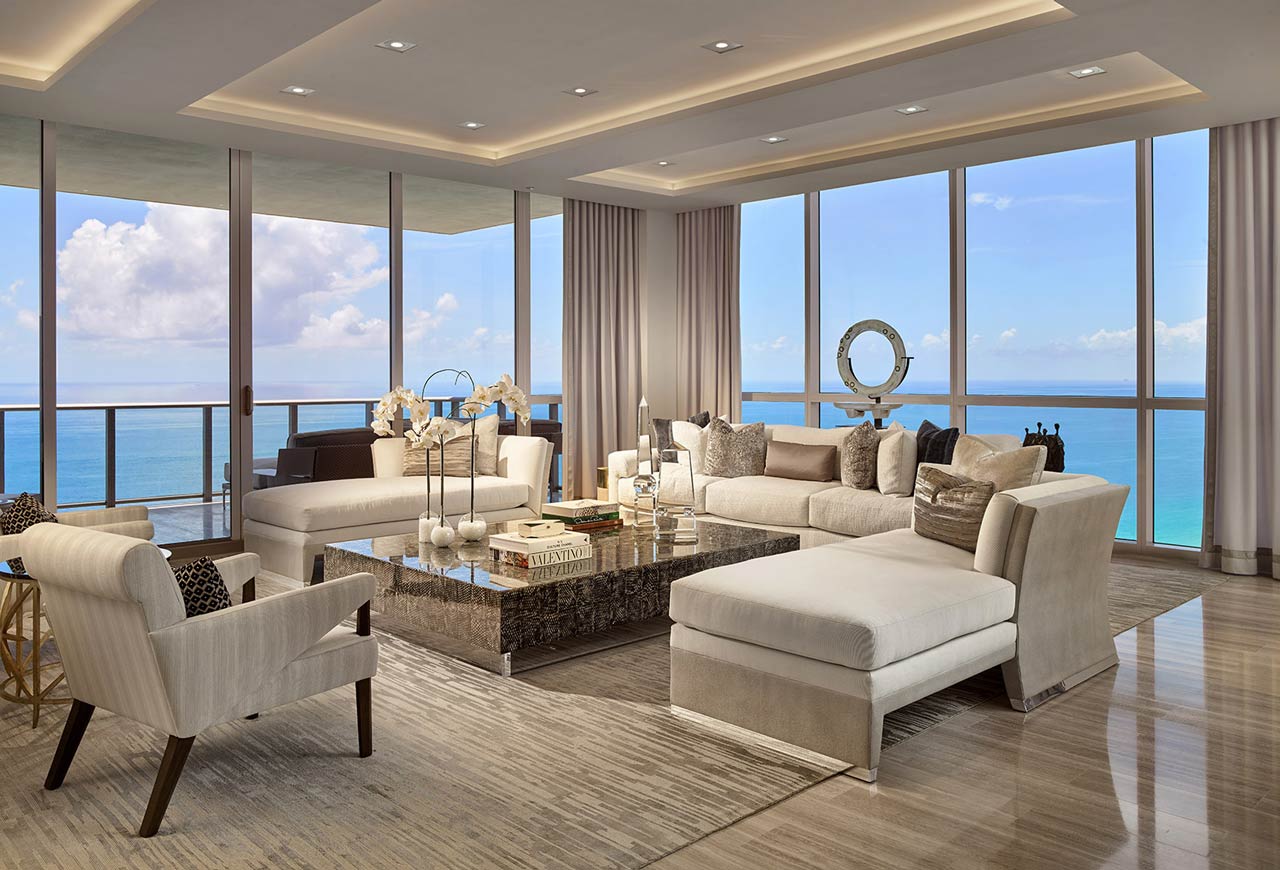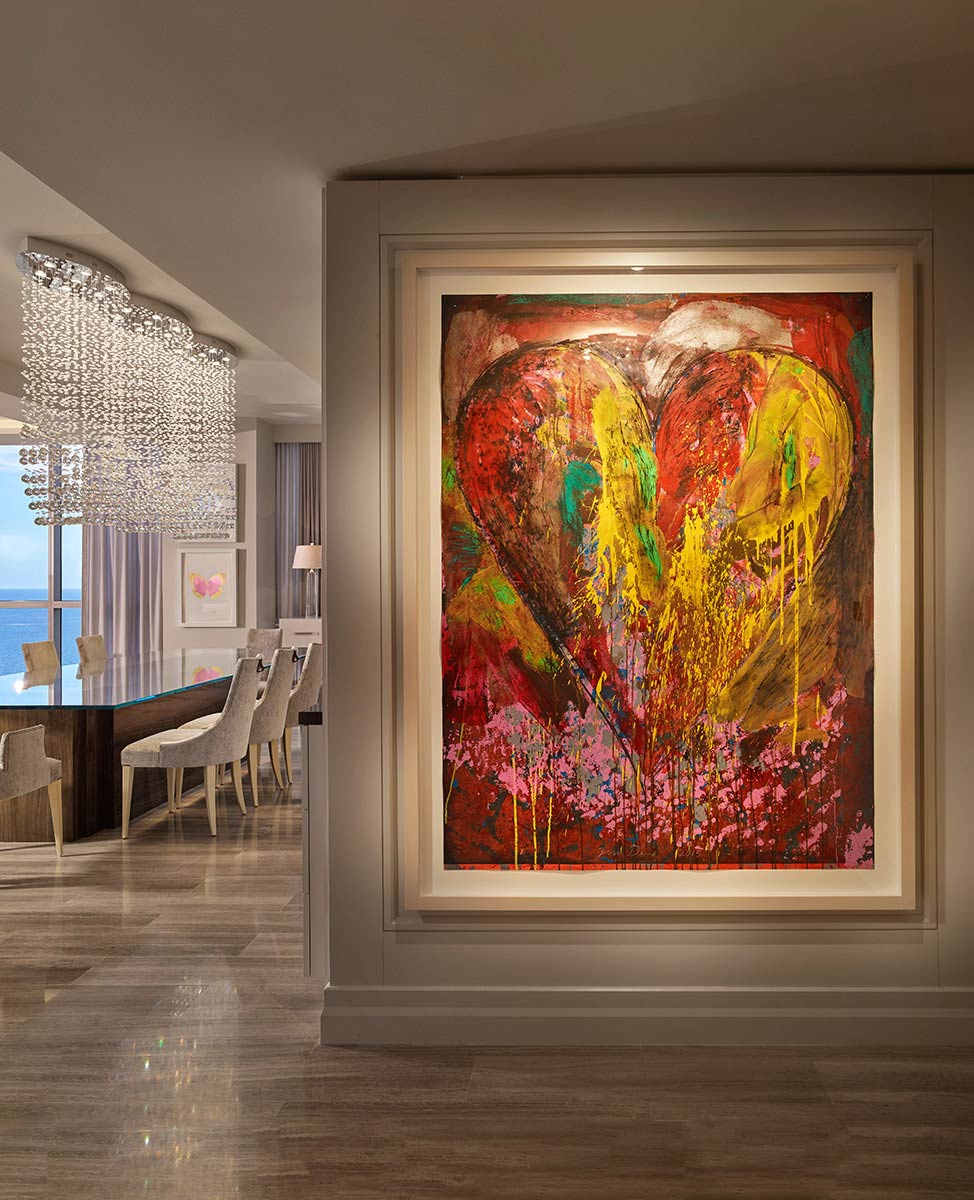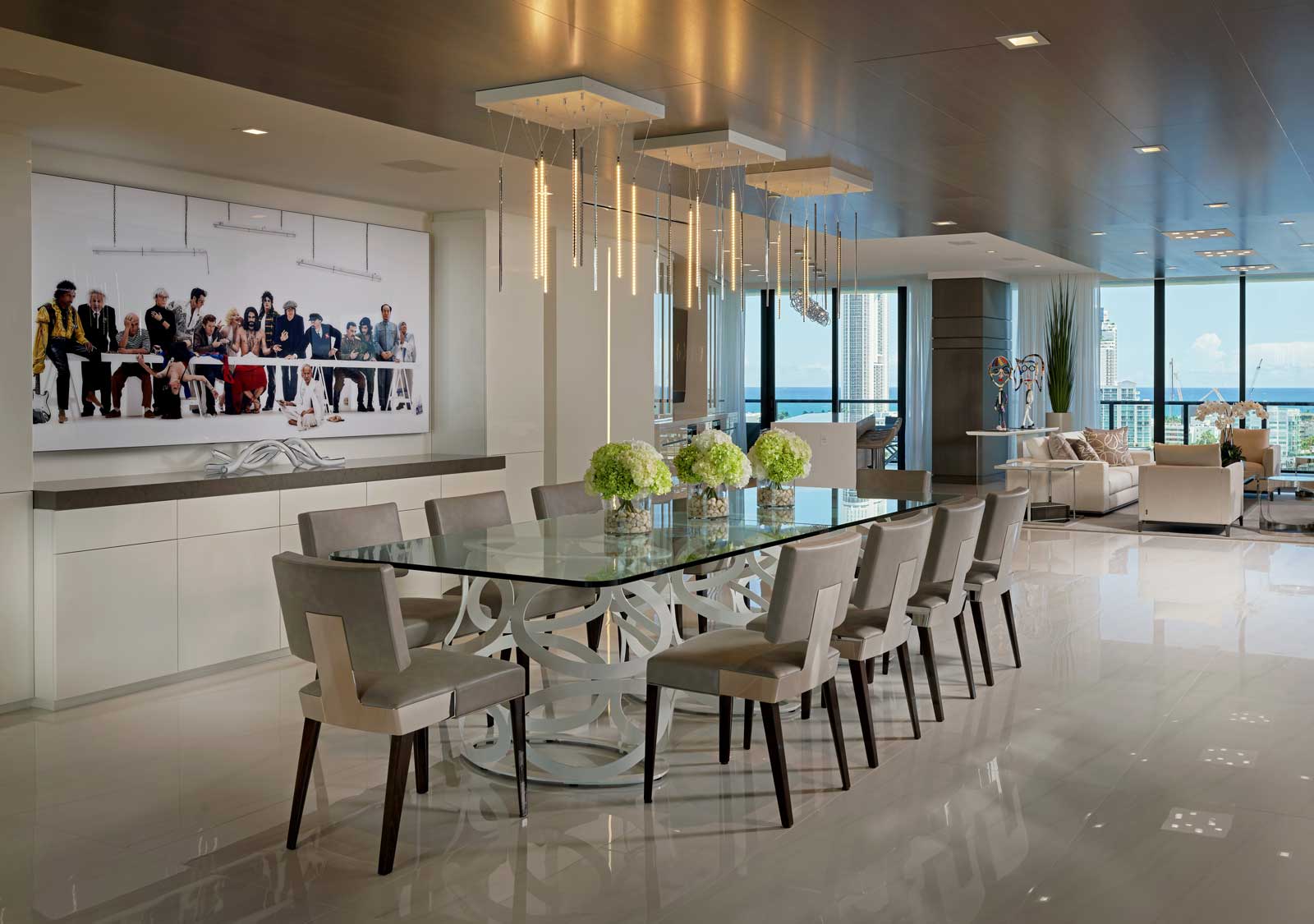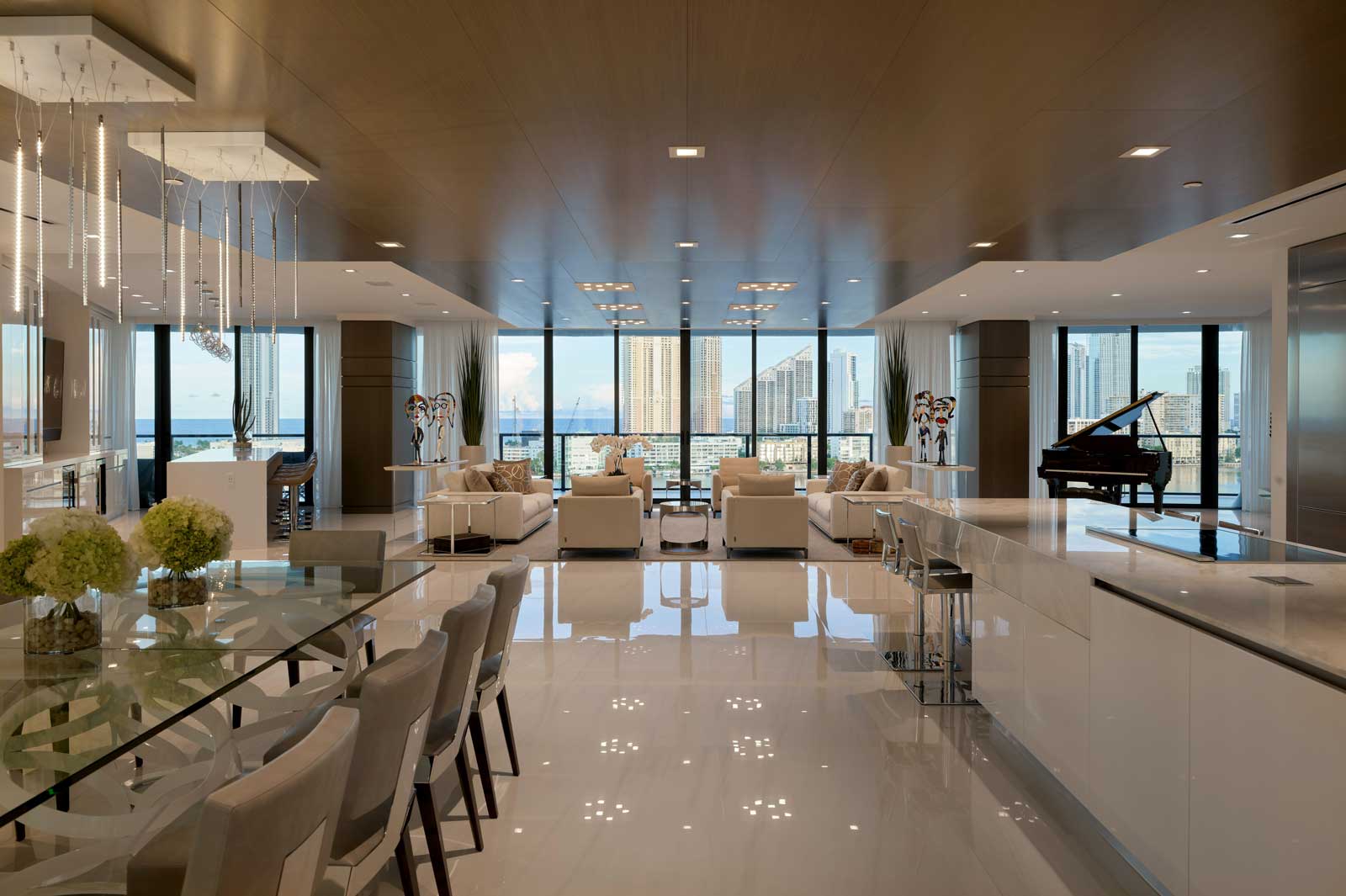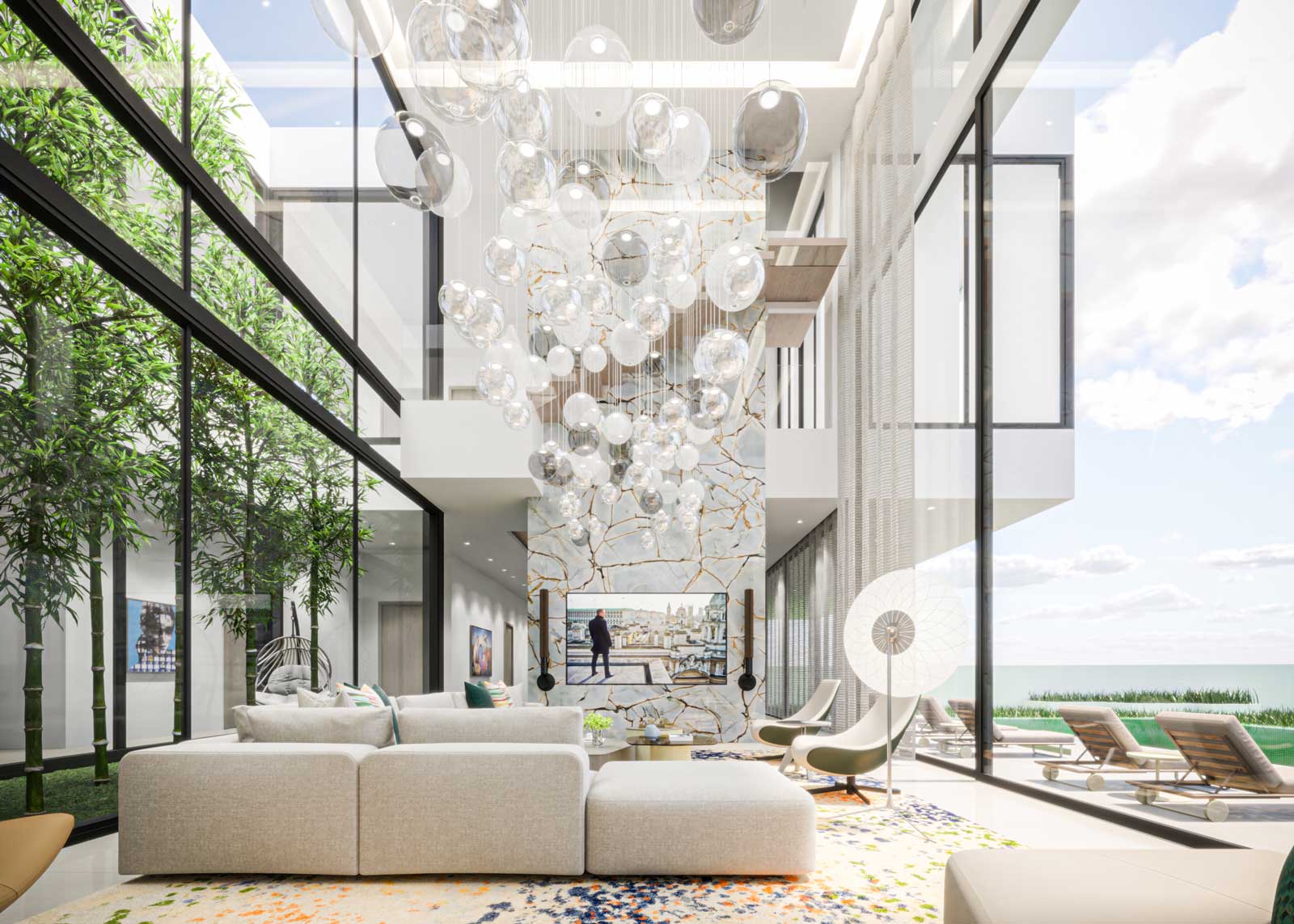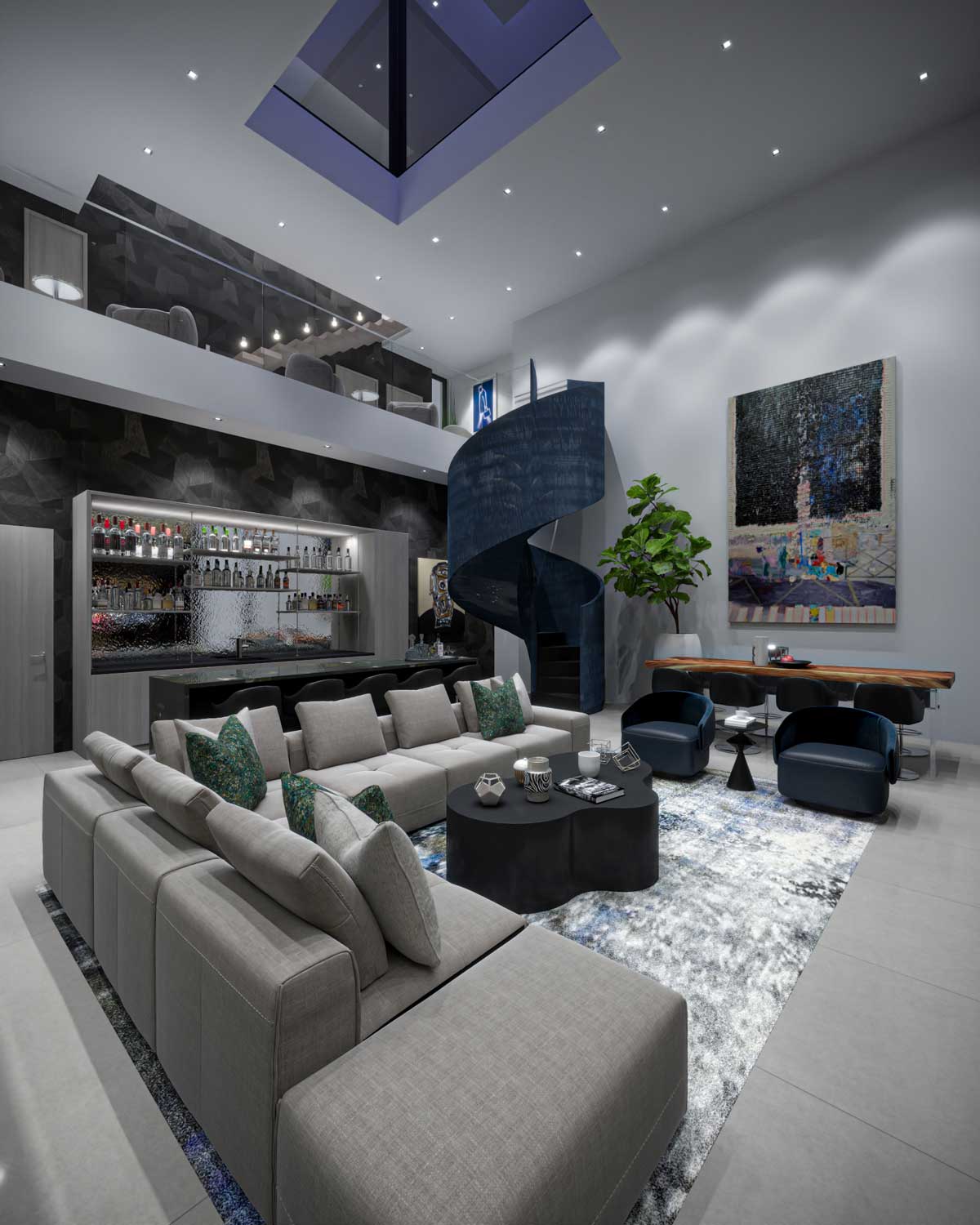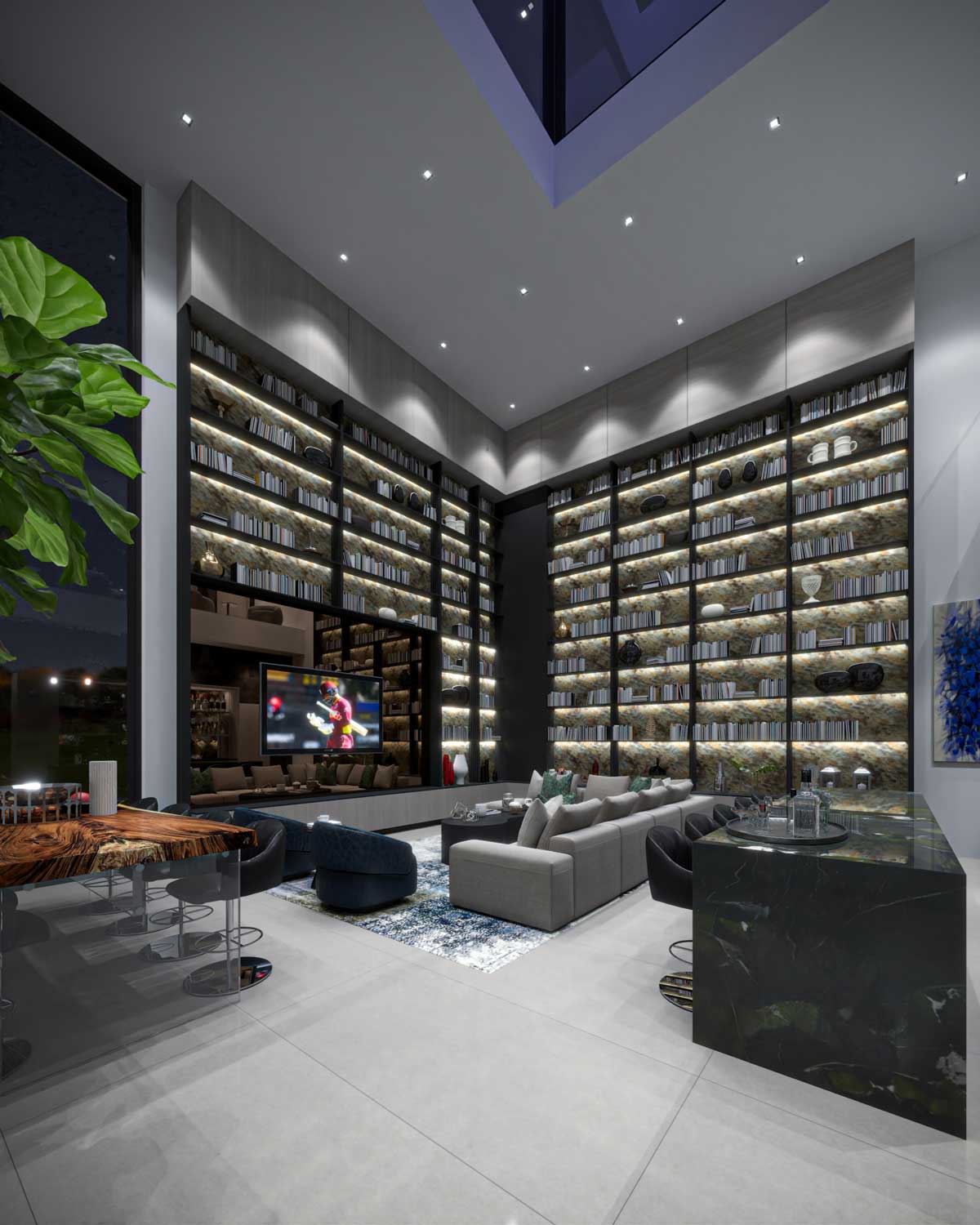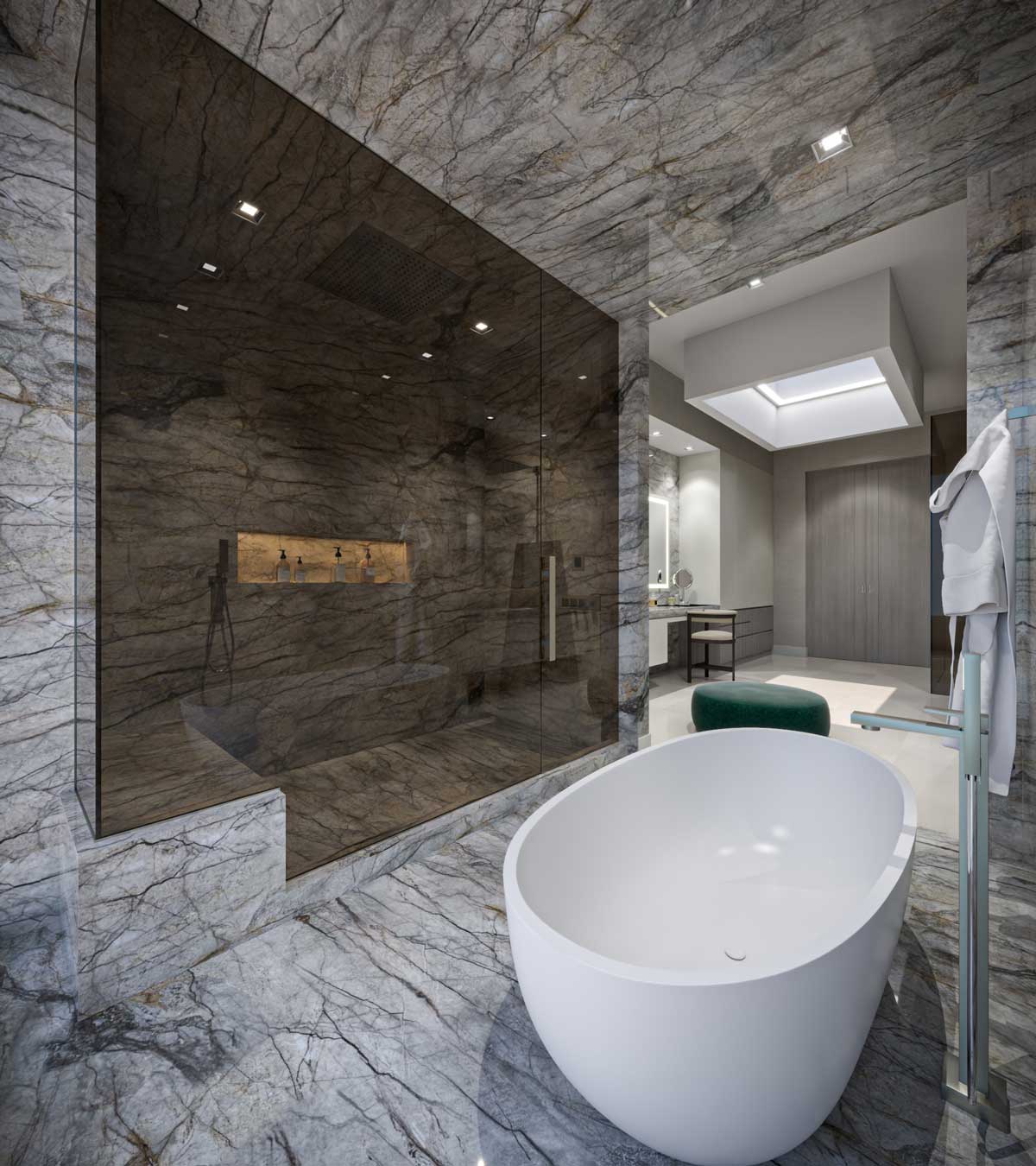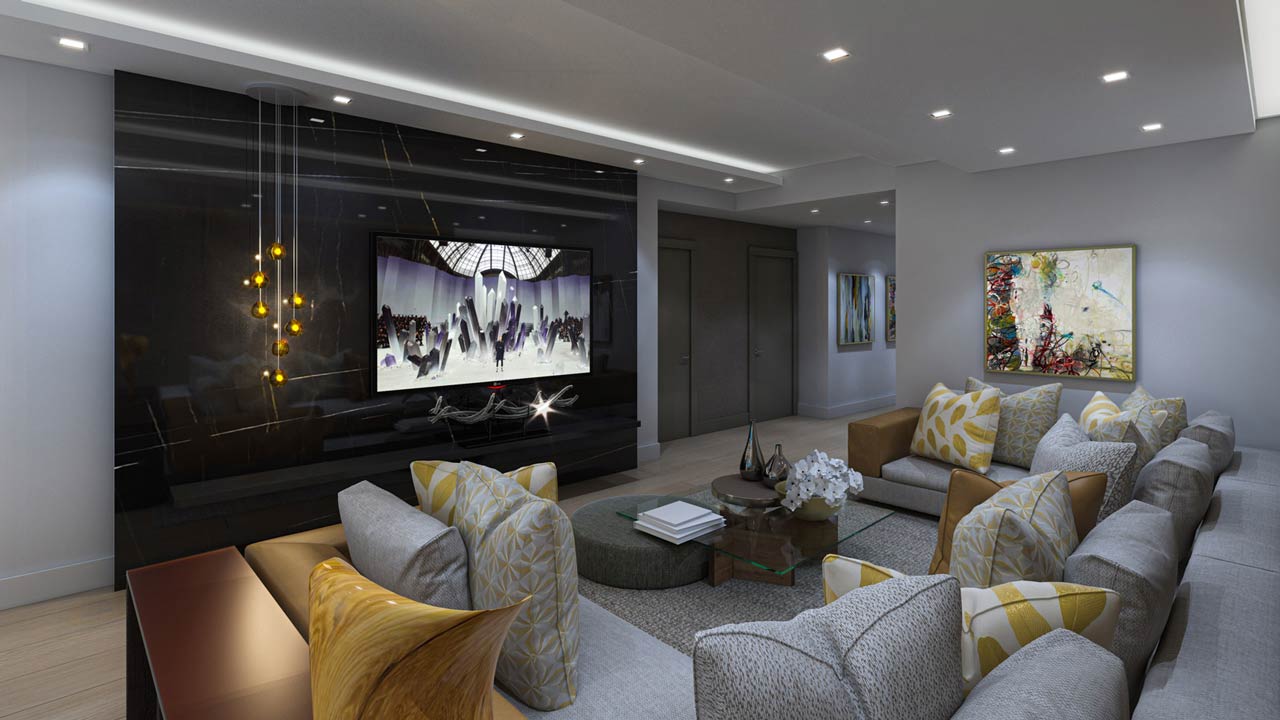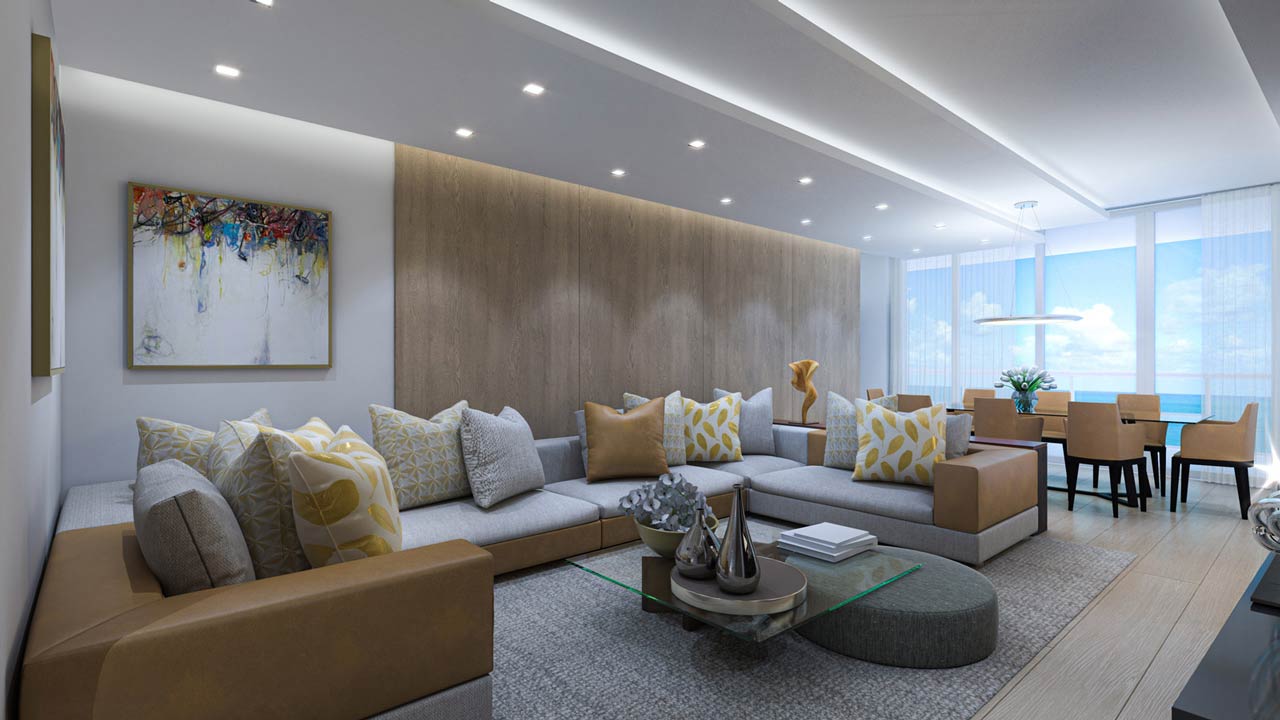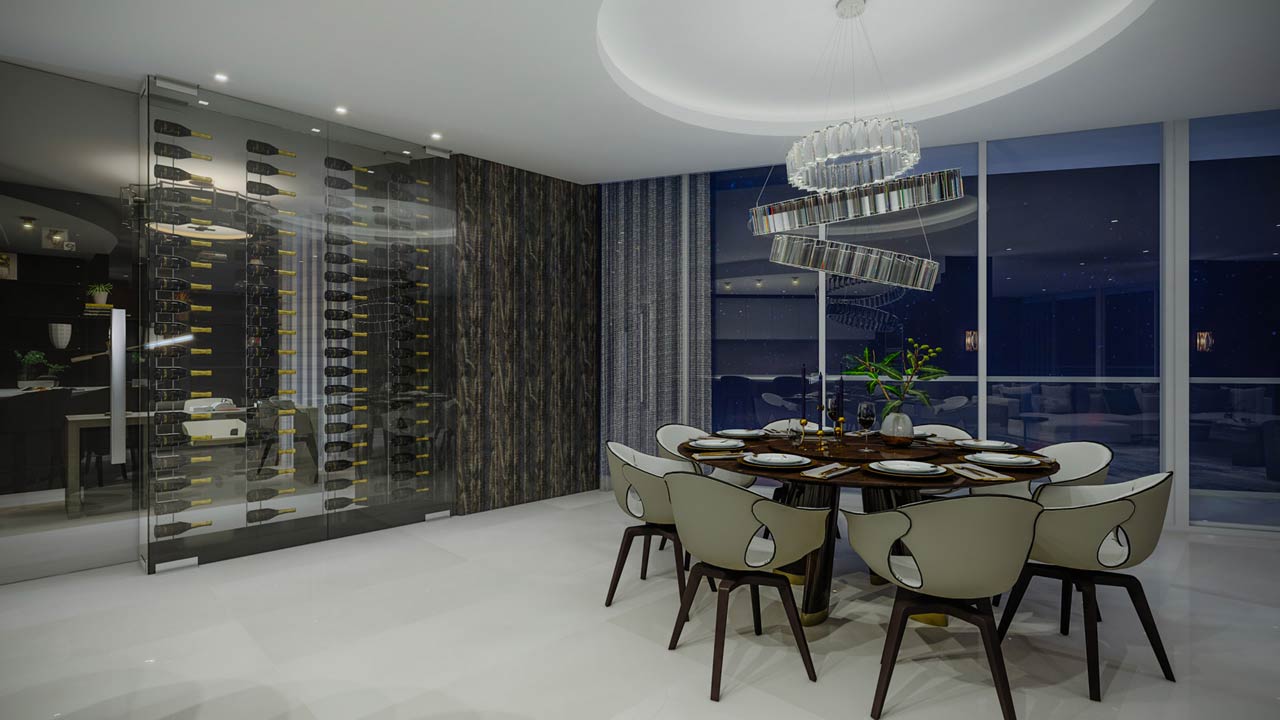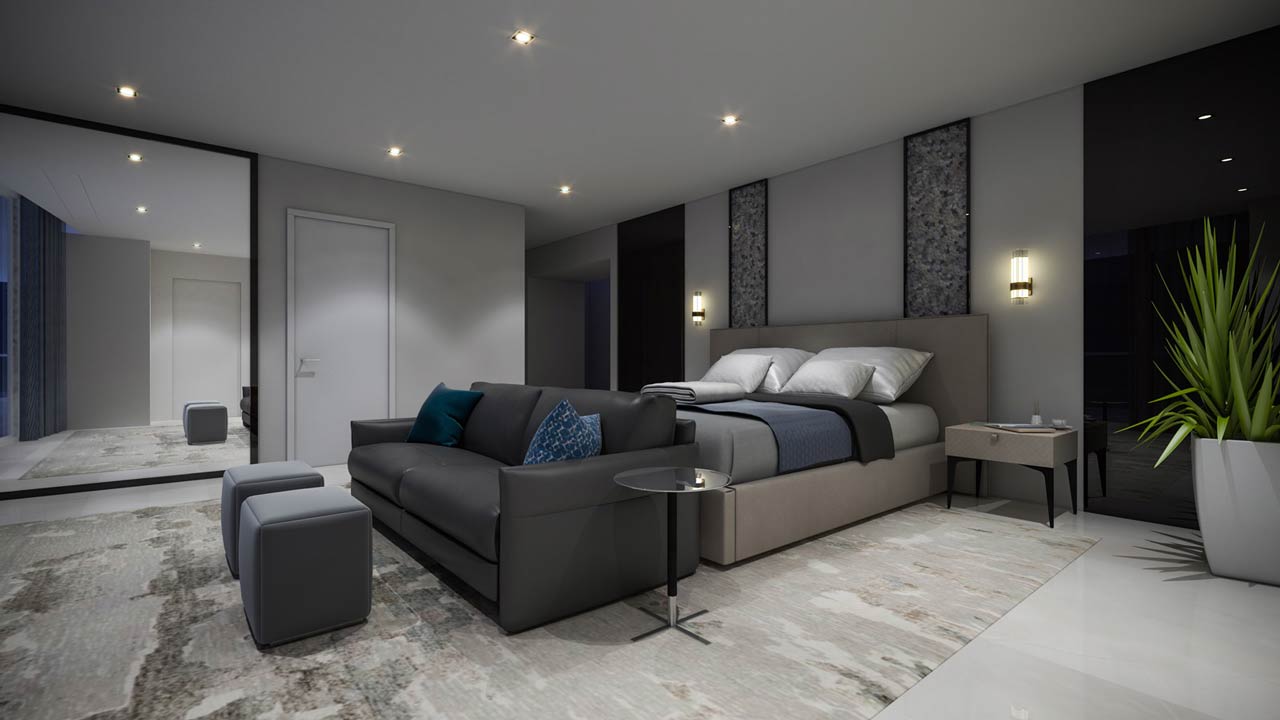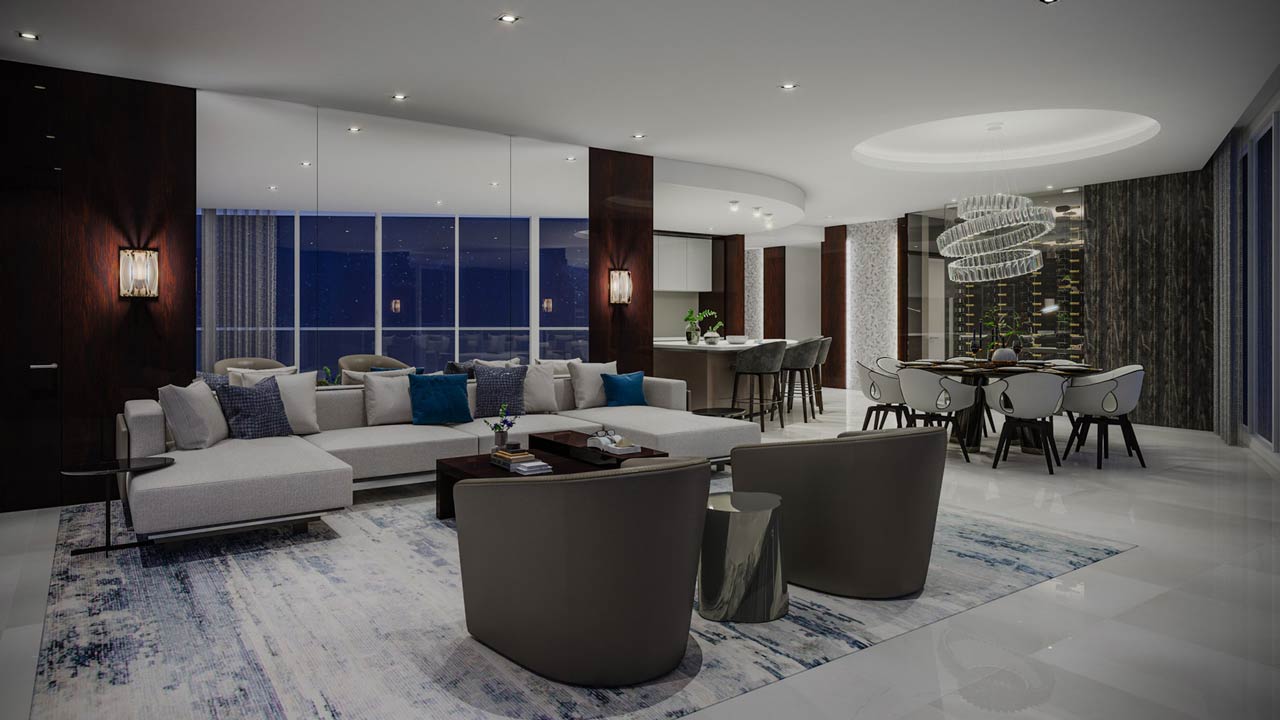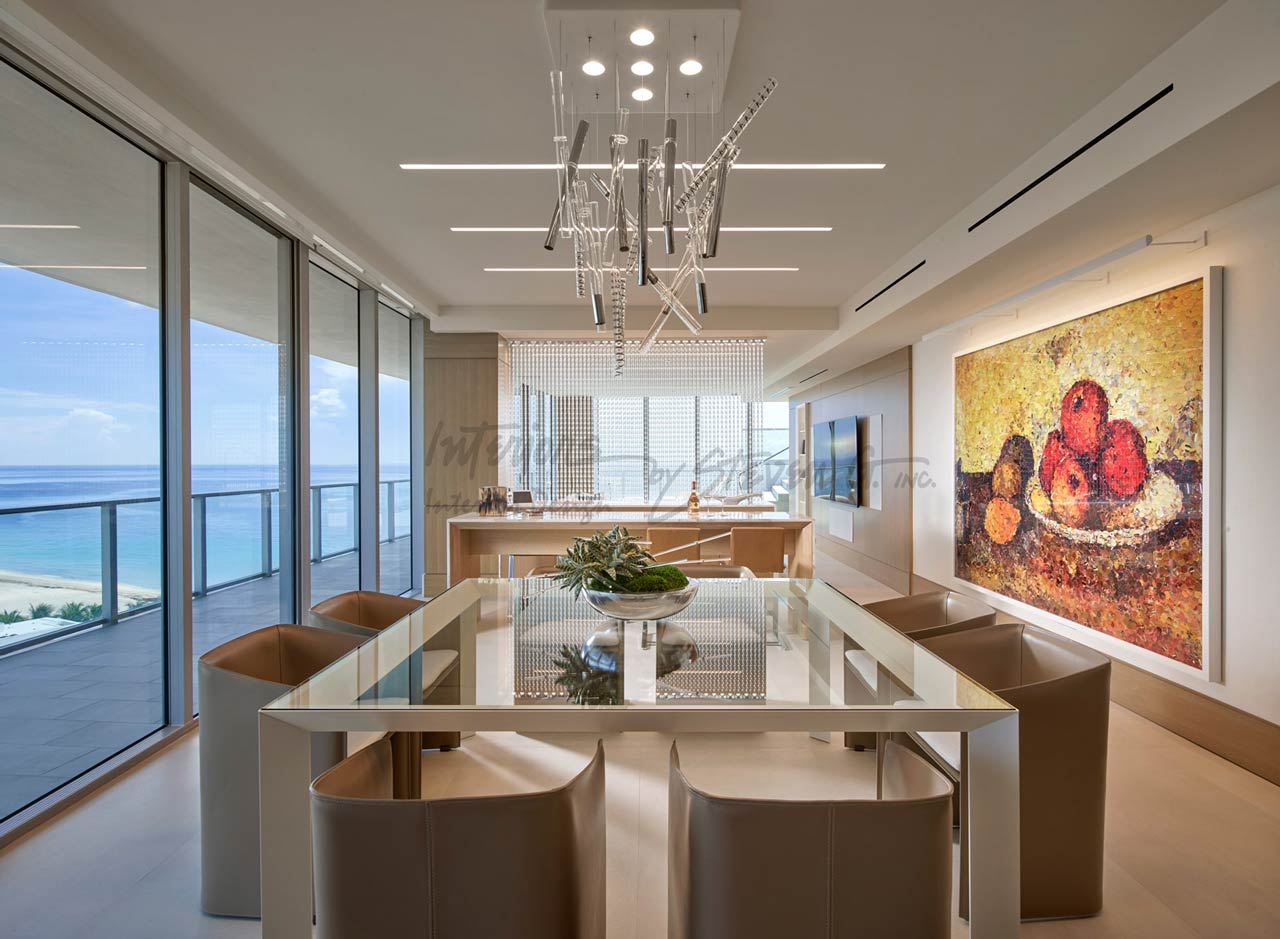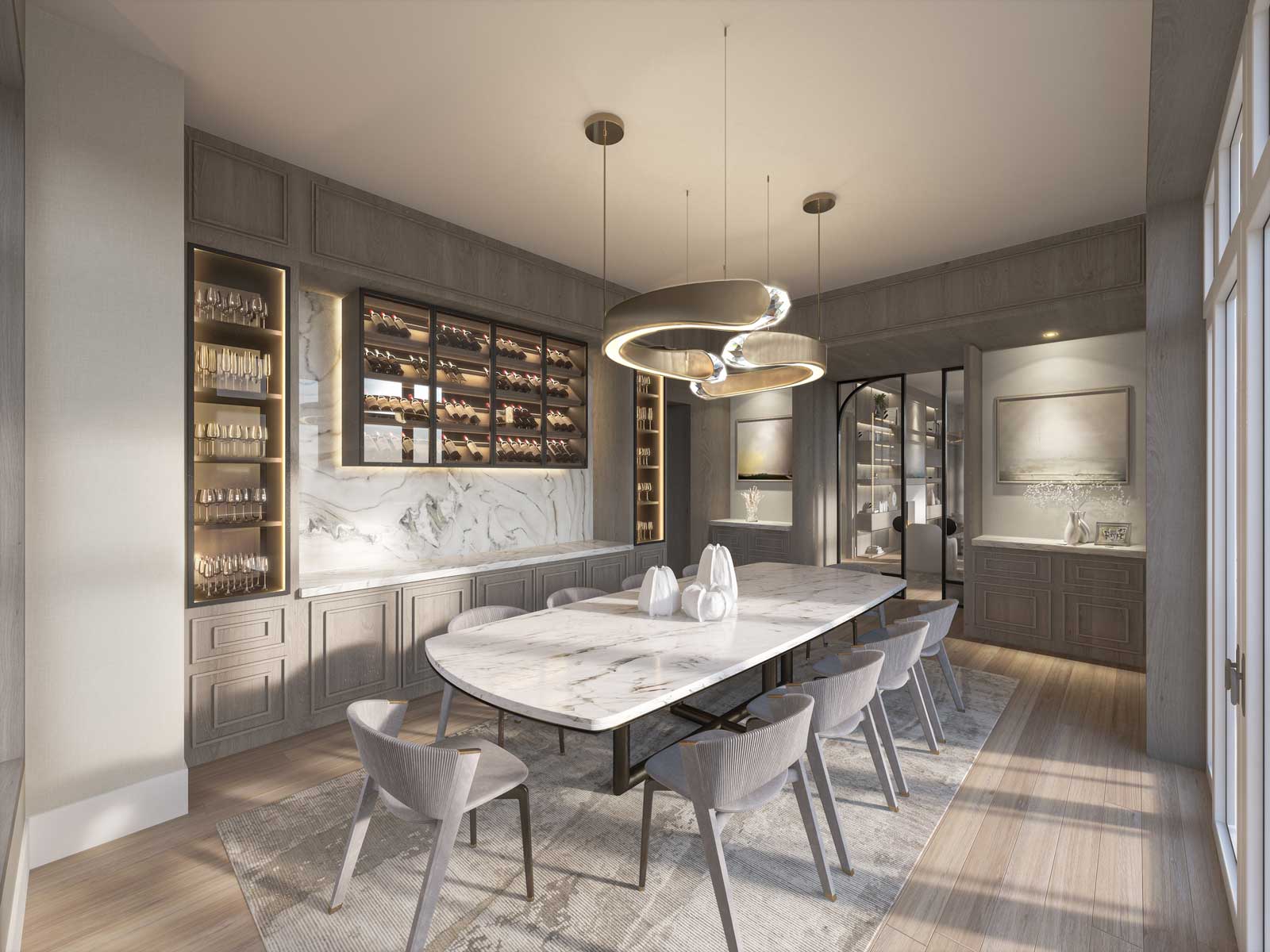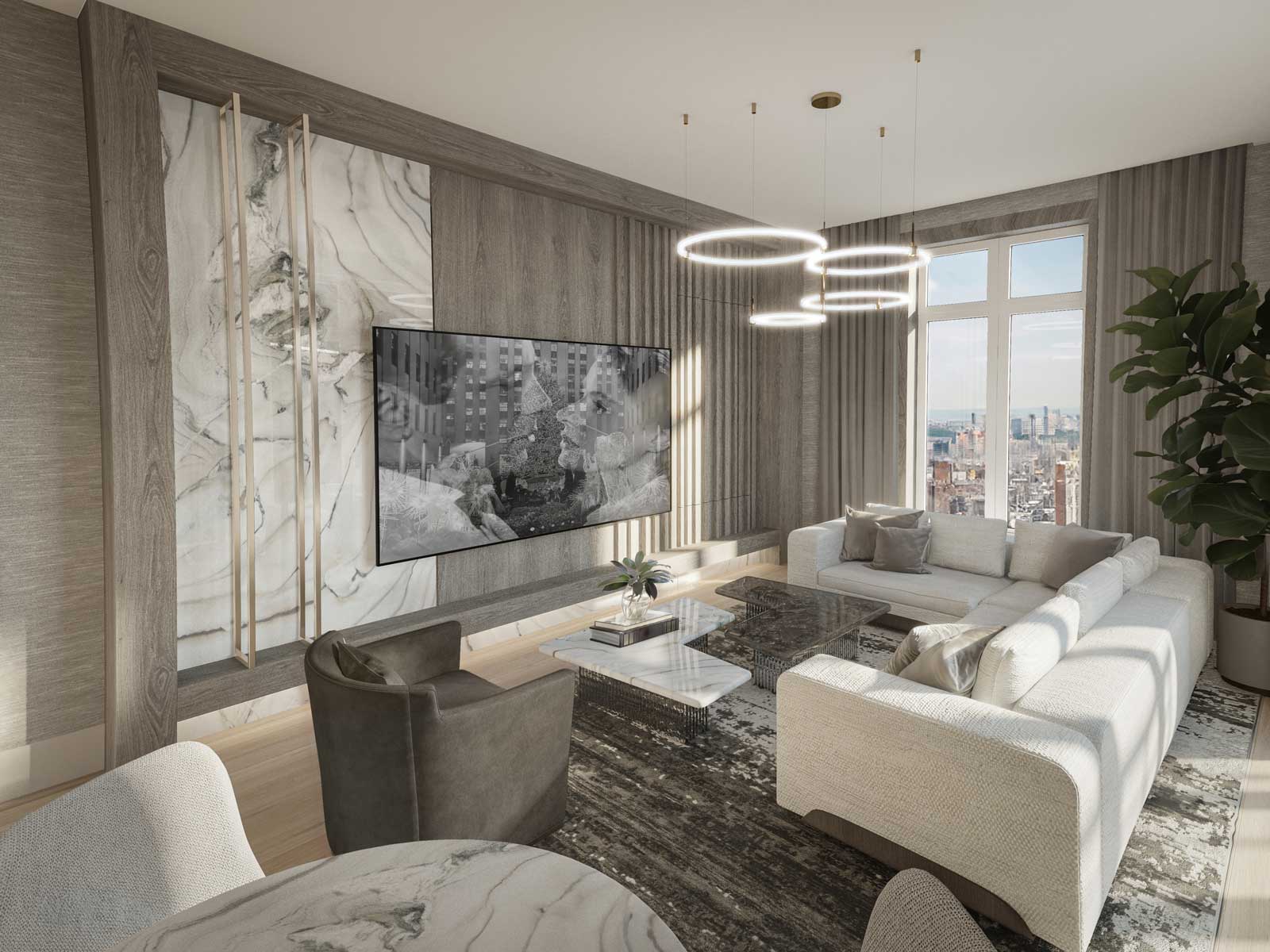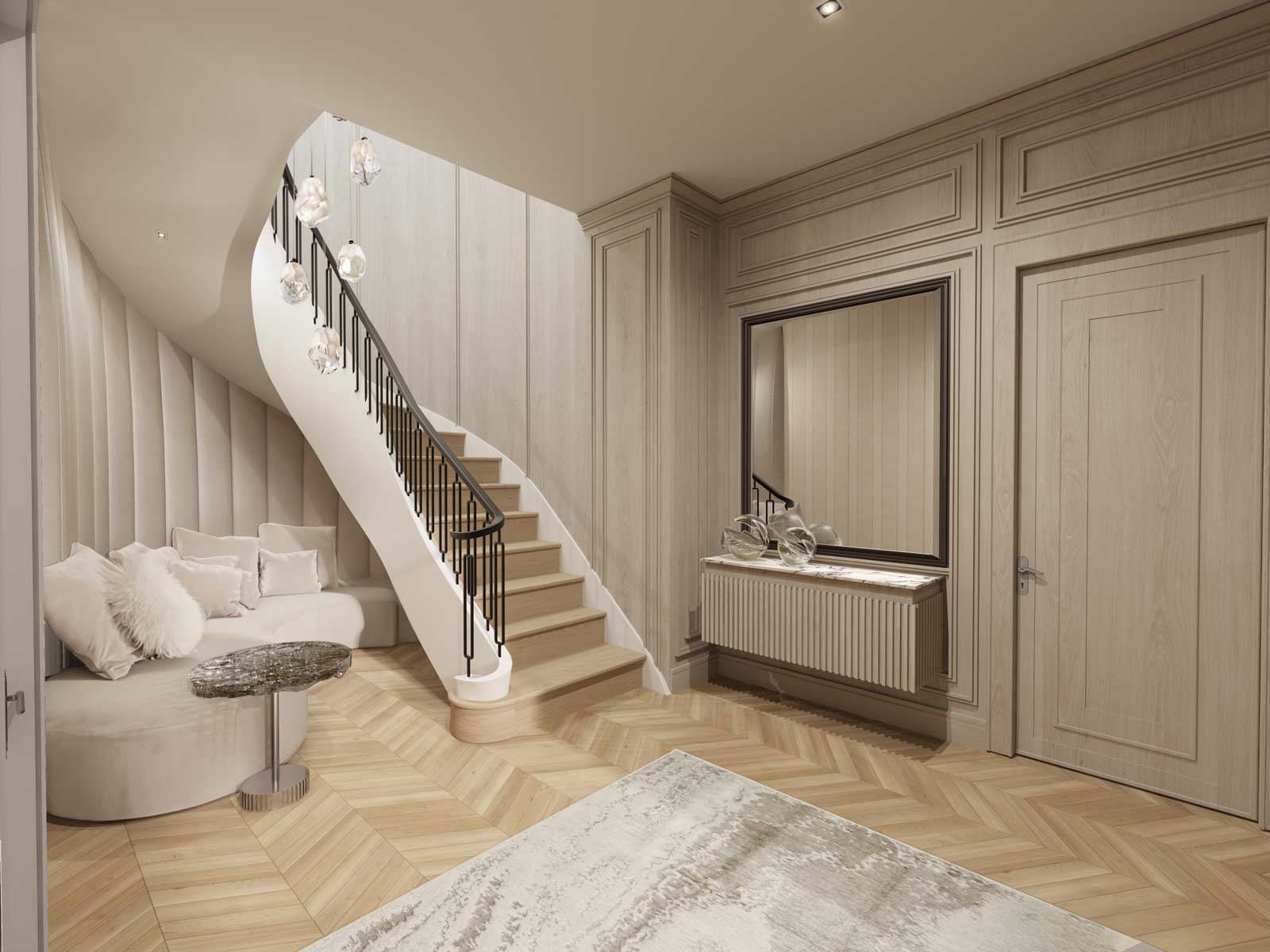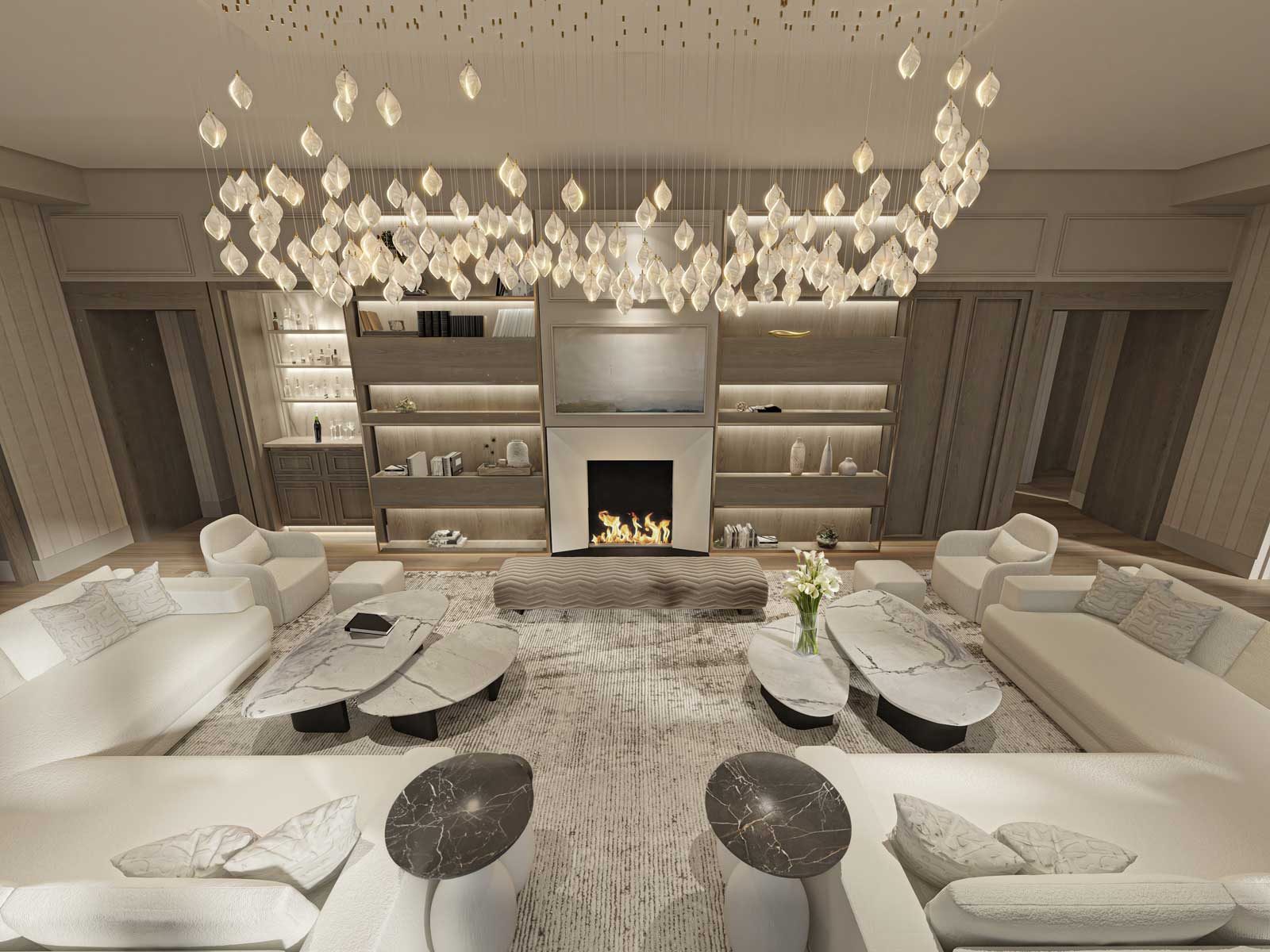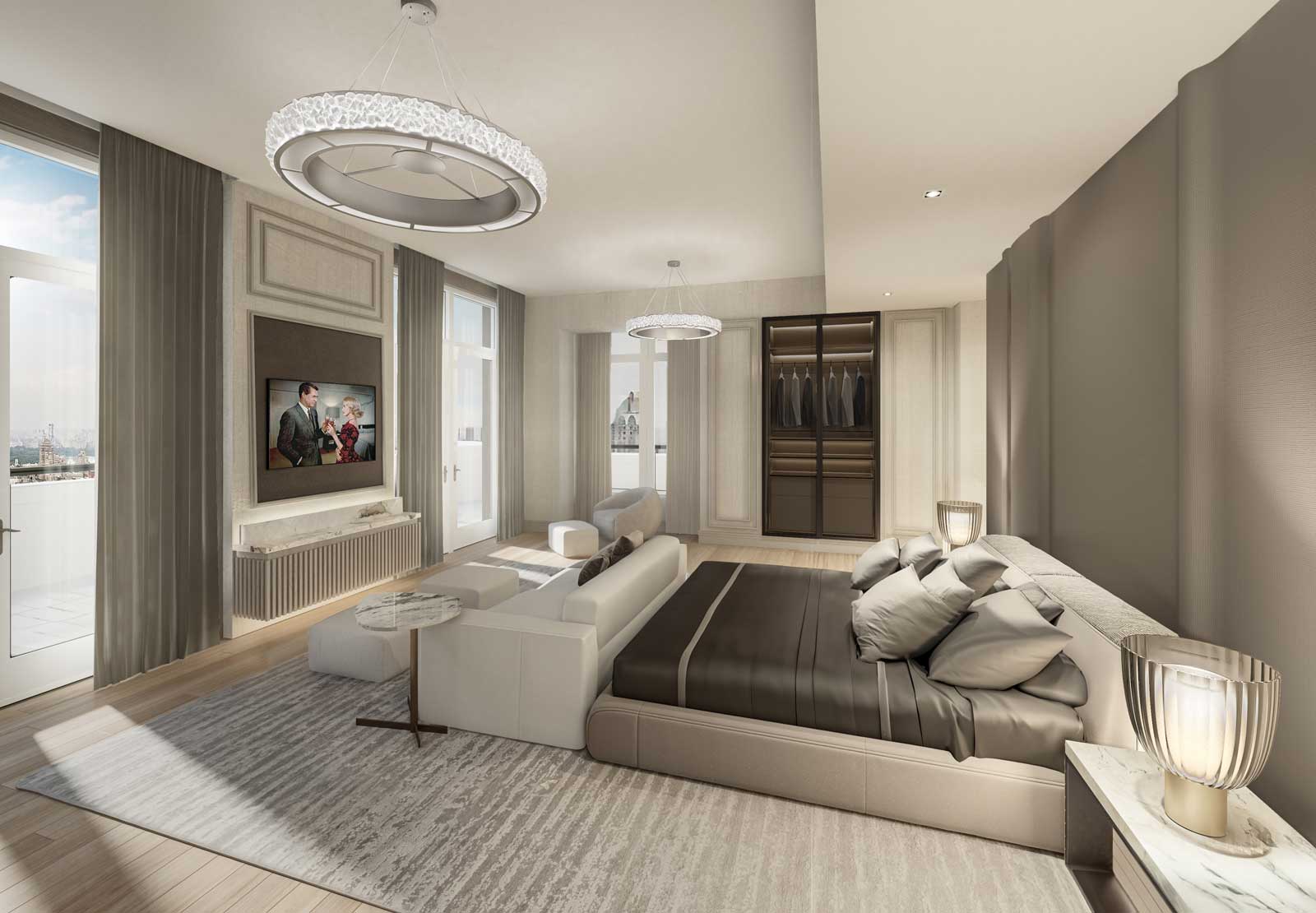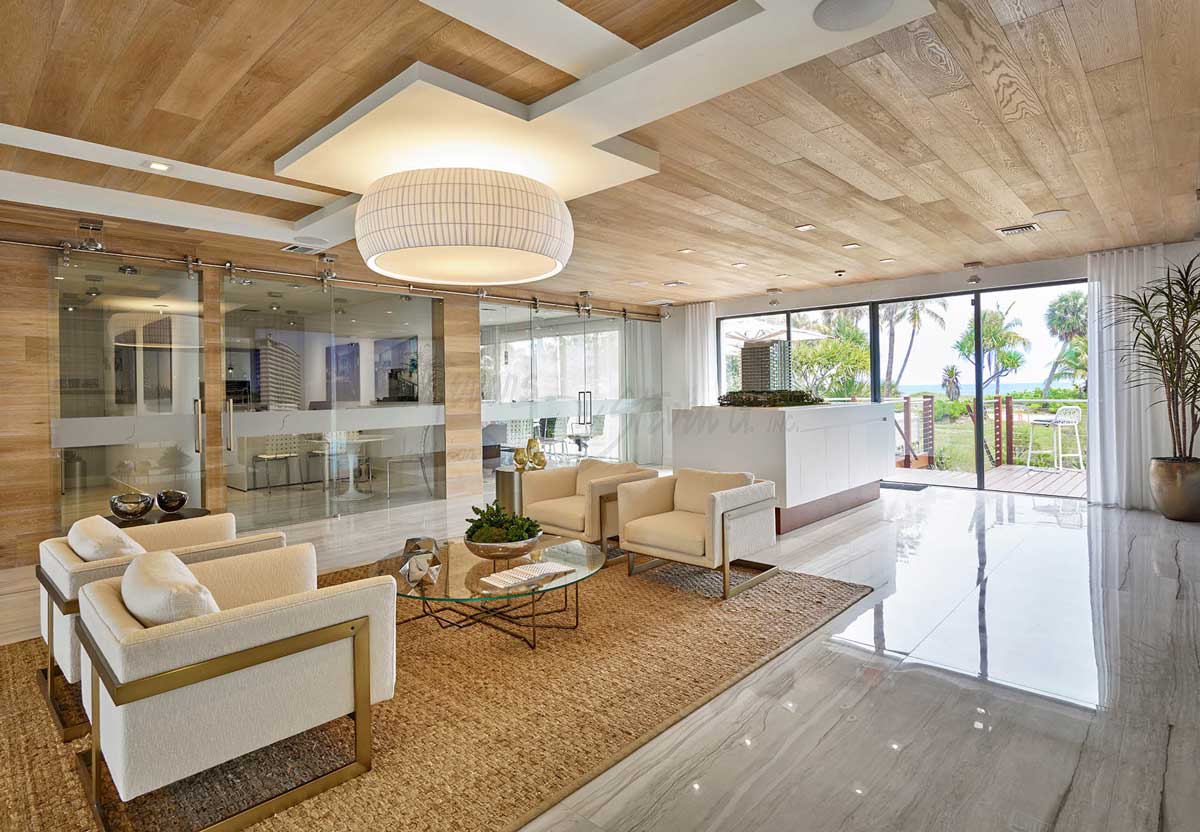
Commercial interior design plays a pivotal role in the success of any business…but what is it exactly? In today’s post, I reveal the ins and outs and the importance of commercial property interior design for businesses.
What is the difference between residential and commercial interior design?
While residential interior designers focus on homes, commercial interior designers conceptualize spaces for businesses. This would include hotels and lounges, restaurants and retail spaces, offices, banks, theaters, hospitals and examination rooms, libraries, schools, country clubs, spas, shopping malls, and everything in between.
Is the distinction really that important? Yes! Homes and businesses have different design needs. Residential interior design is all about creating welcoming and livable spaces for homeowners, whereas commercial design seeks to increase functionality and elevate style for financial gain. Whether it’s a luxury hotel developer or a small business owner, it is up to the commercial interior designer to translate the client’s vision in ways that are practical, profitable, and of course, chic. Because the scope of work is much larger than residential projects, commercial interior designers in Miami usually take on more responsibilities.
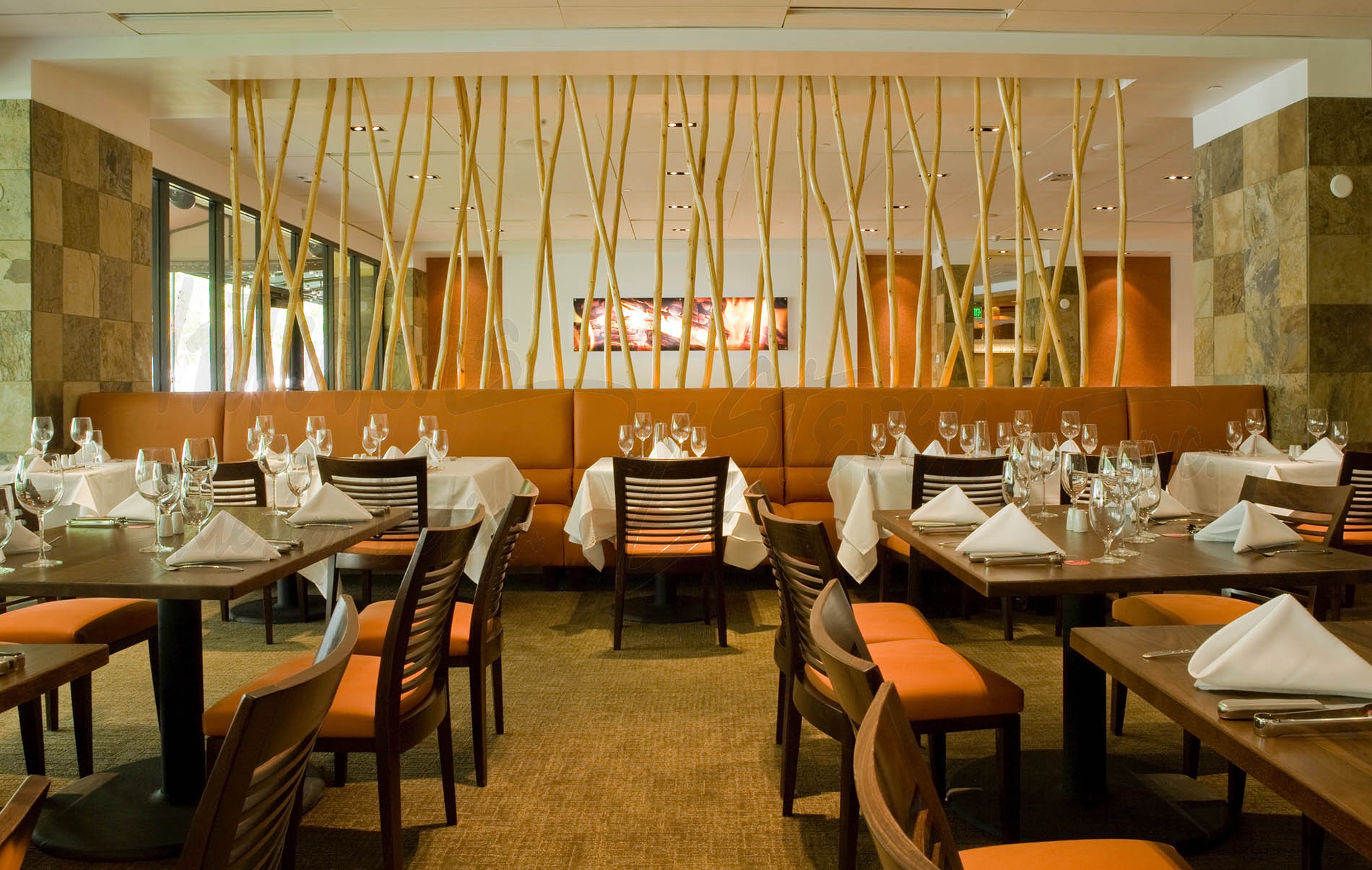
What does a commercial interior designer actually do?
Commercial interior designers are trained to prioritize functionality and safety without sacrificing style or aesthetics. For example, a luxury hotel needs to accommodate a certain amount of guests if it wants to maximize profits. But in order to do so, the hotel has to impress guests with spacious rooms, lavish bathrooms, and breathtaking views. It should wow guests with its lobby, and make room for high-end amenities including spas, saunas, gyms, outdoor spaces, pools, and a restaurant and bar.
It falls on the commercial interior designer to make all of these requirements come together into one usable and beautiful space…and they are more than qualified to do so!
Commercial interior designers know how to space plan without surrendering design. They are also trained to ensure that everything within the physical structure is safe and up to code. They are heavily involved in the renovation and construction process, and work closely with contractors and manufacturers to make important structural decisions including architectural details, lighting, floor and ceiling design, window placement, and technological upgrades. Commercial interior designers also define the project’s scope of work, draw schematics and blueprints, select the right materials, and oversee budgeting and scheduling, along with other important duties.
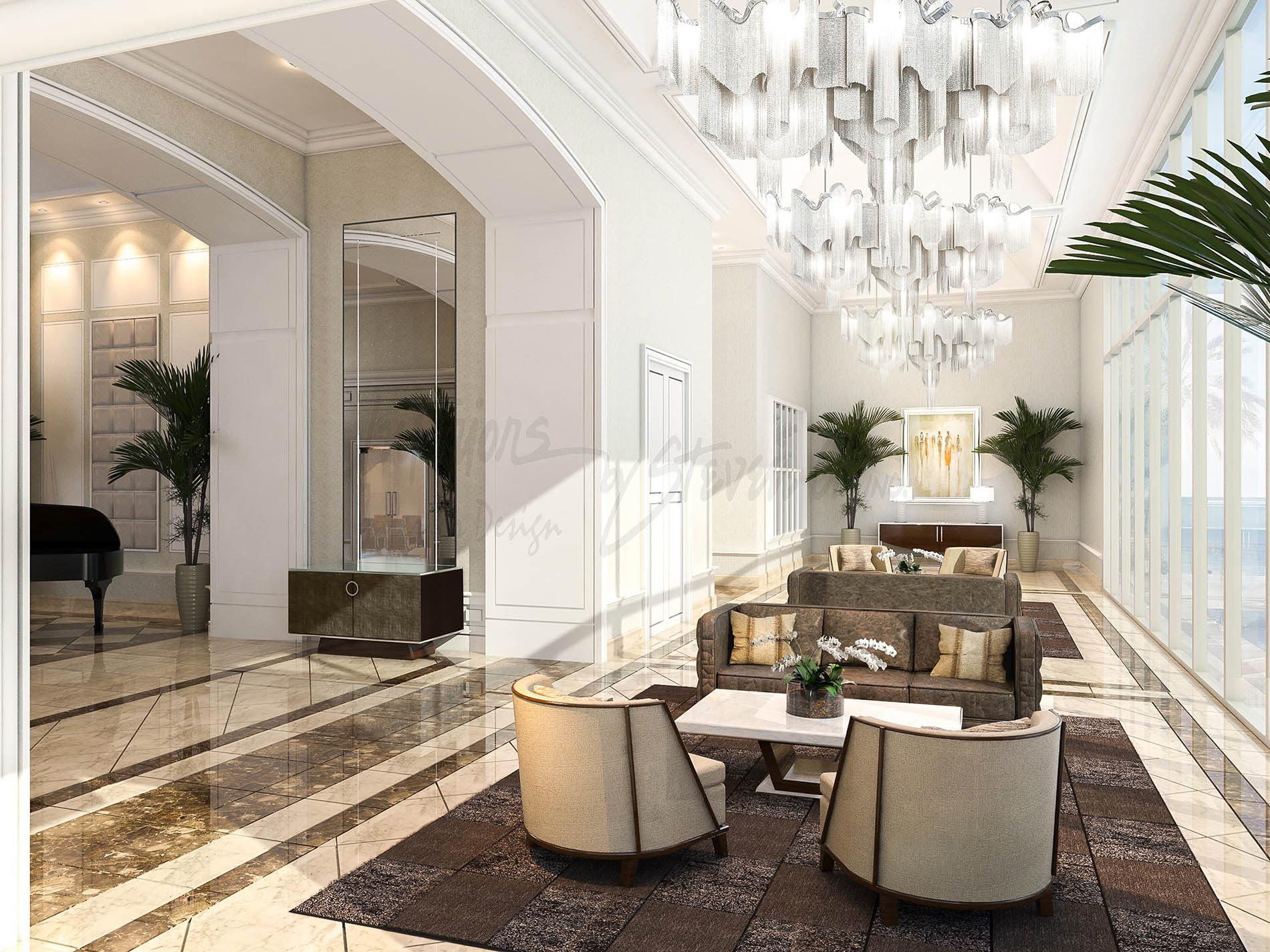
Once the construction phase is complete, the designer then transforms the physical structure into a living and breathing space in the decorating process. Commercial interior designers choose motifs and styles that suit the needs of the business, and then bring it to life with the right color schemes, furniture, fabrics, wall and window treatments, artwork, accessories, and finishes.
A talented and experienced commercial interior designer has the power to transform a failing business into a booming one. They thrive on fast-paced projects, can communicate the needs and visions of various businesses, and have the innate ability to conceptualize large spaces that everyone from clients to guests to customers will love.





